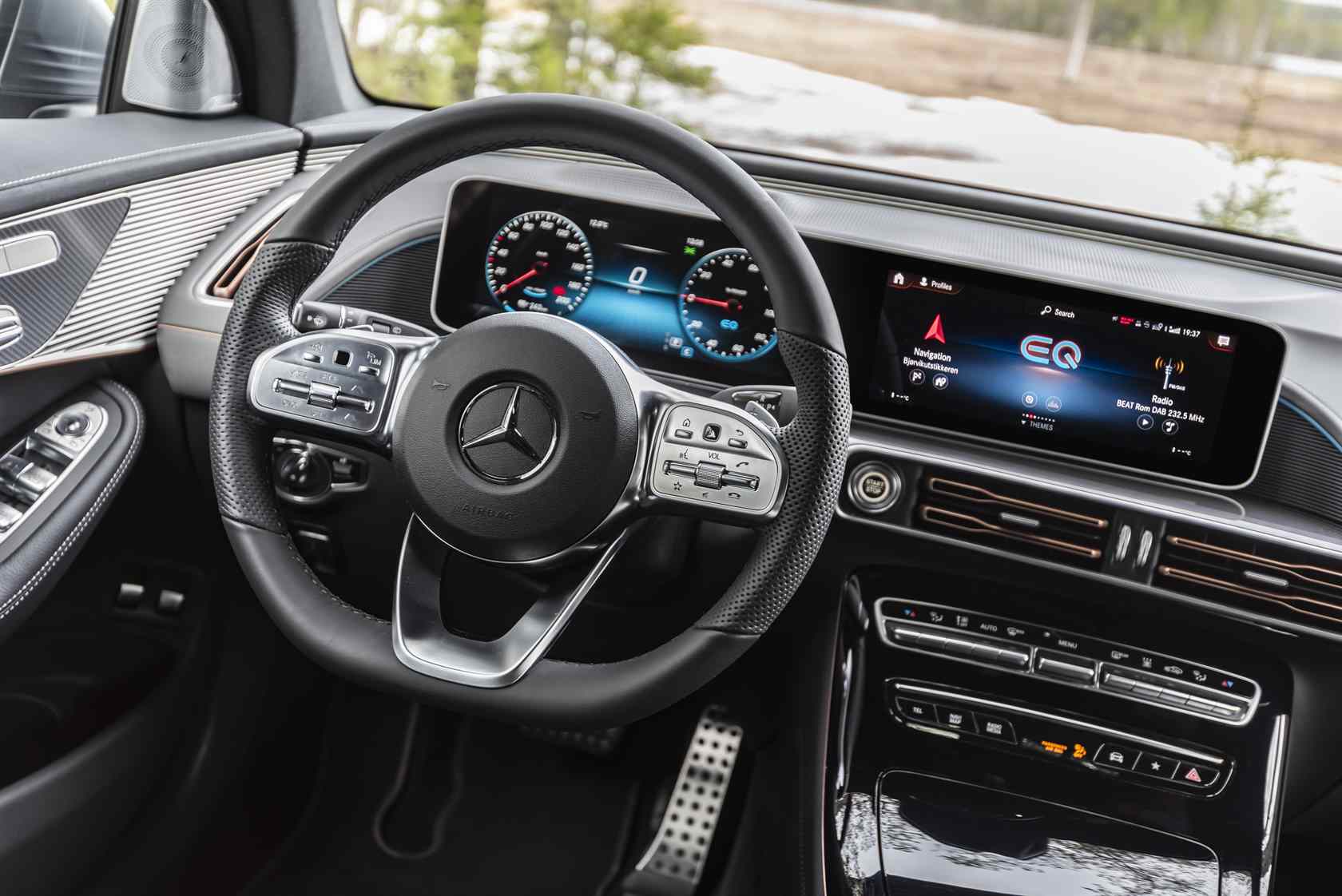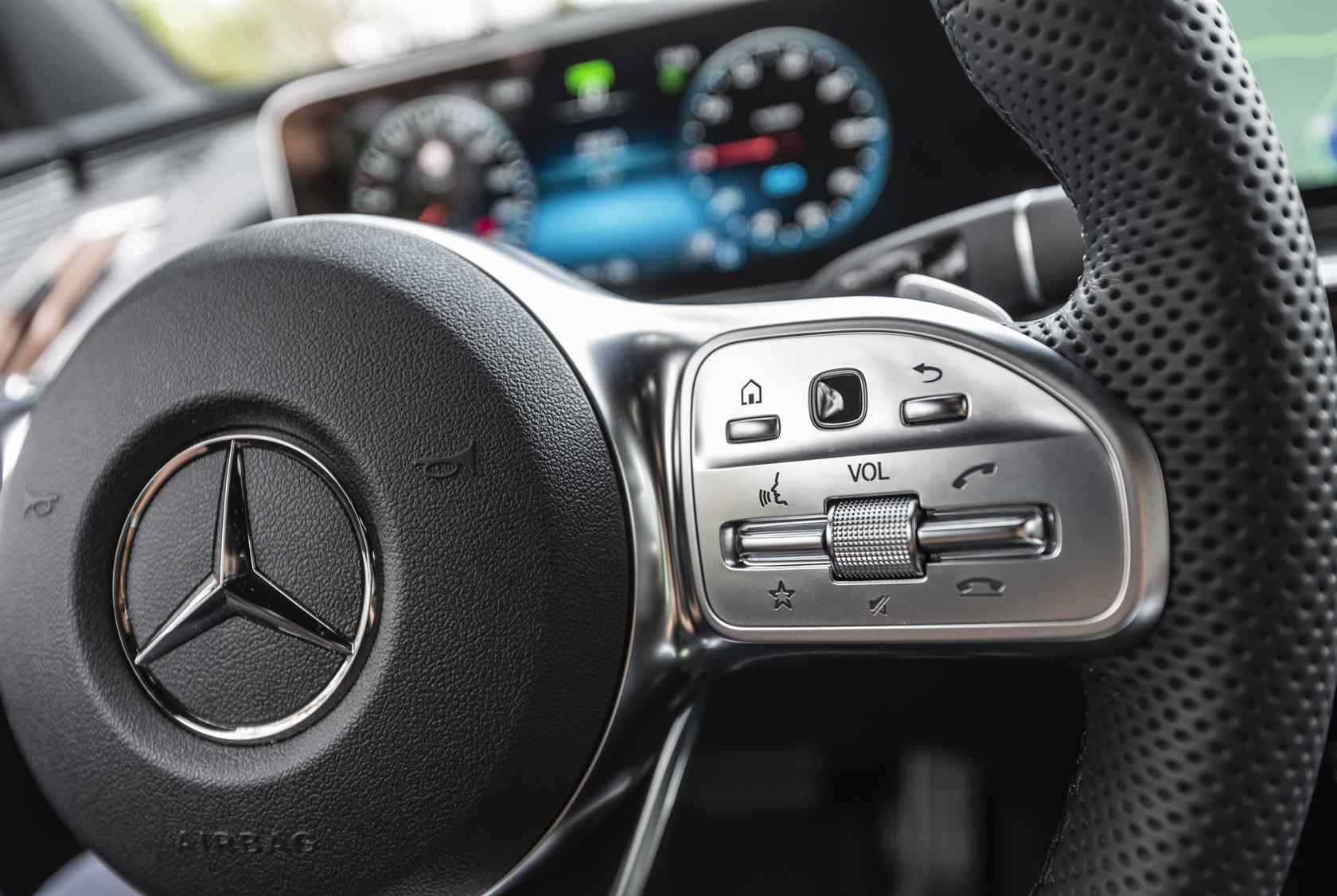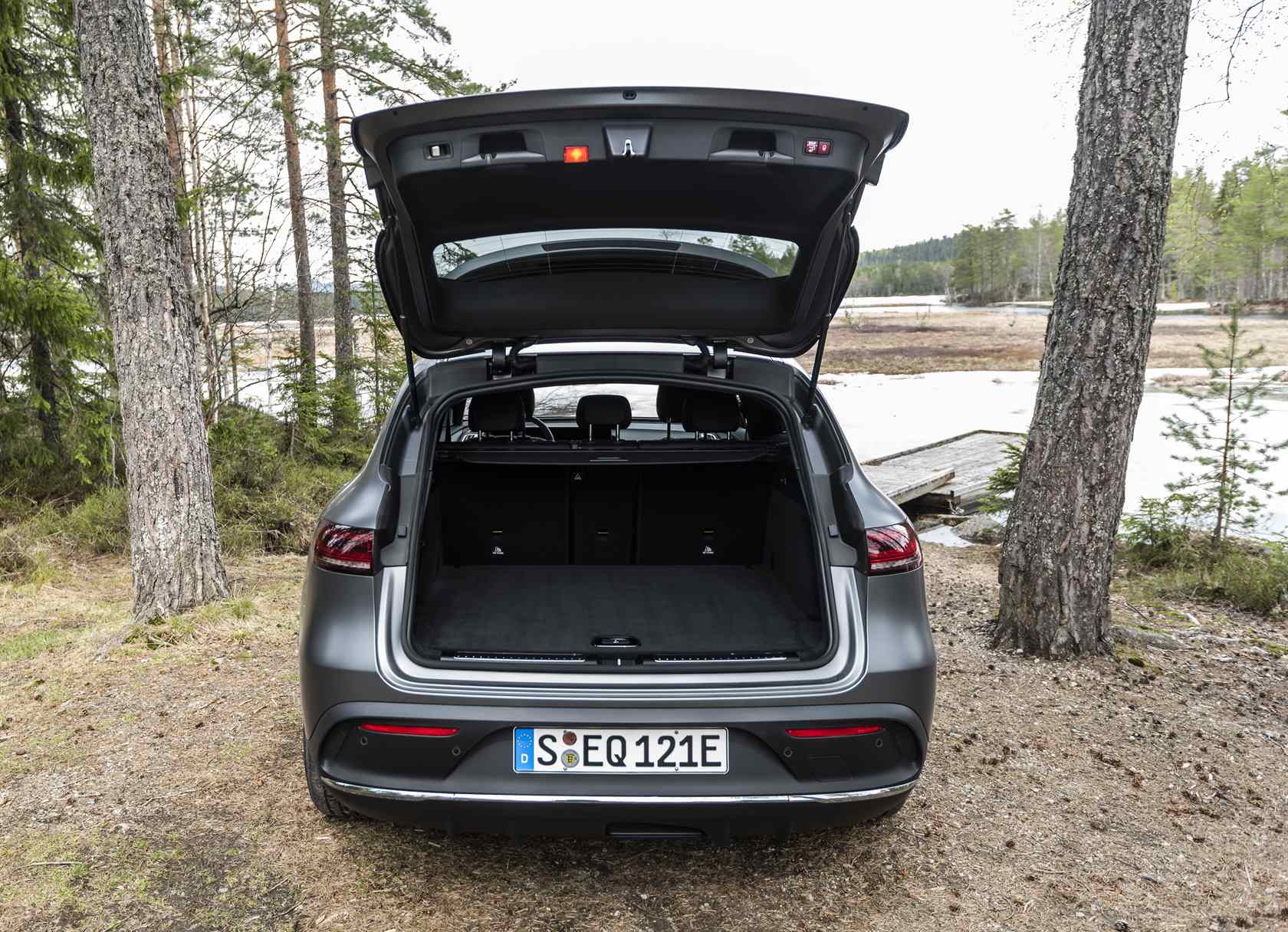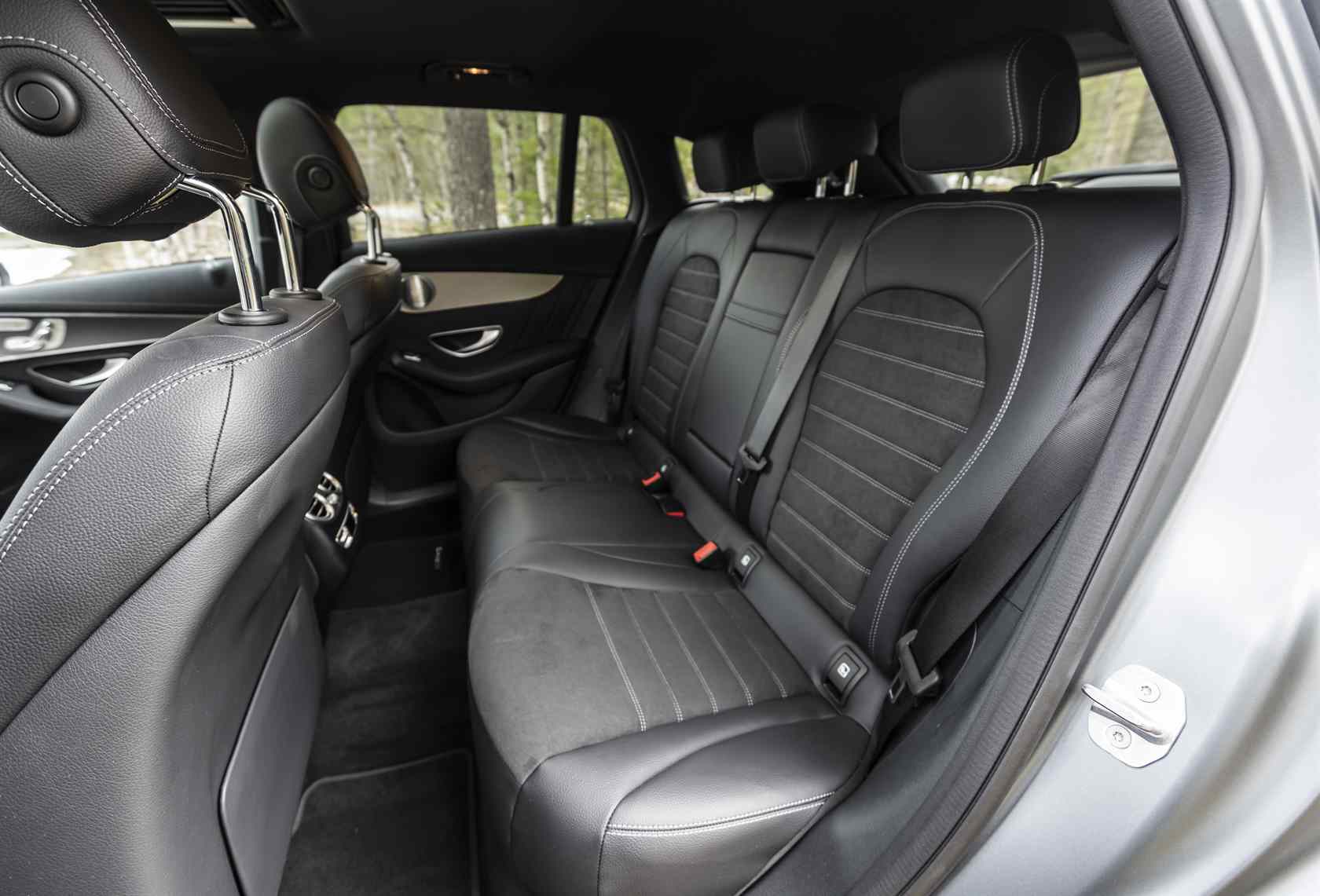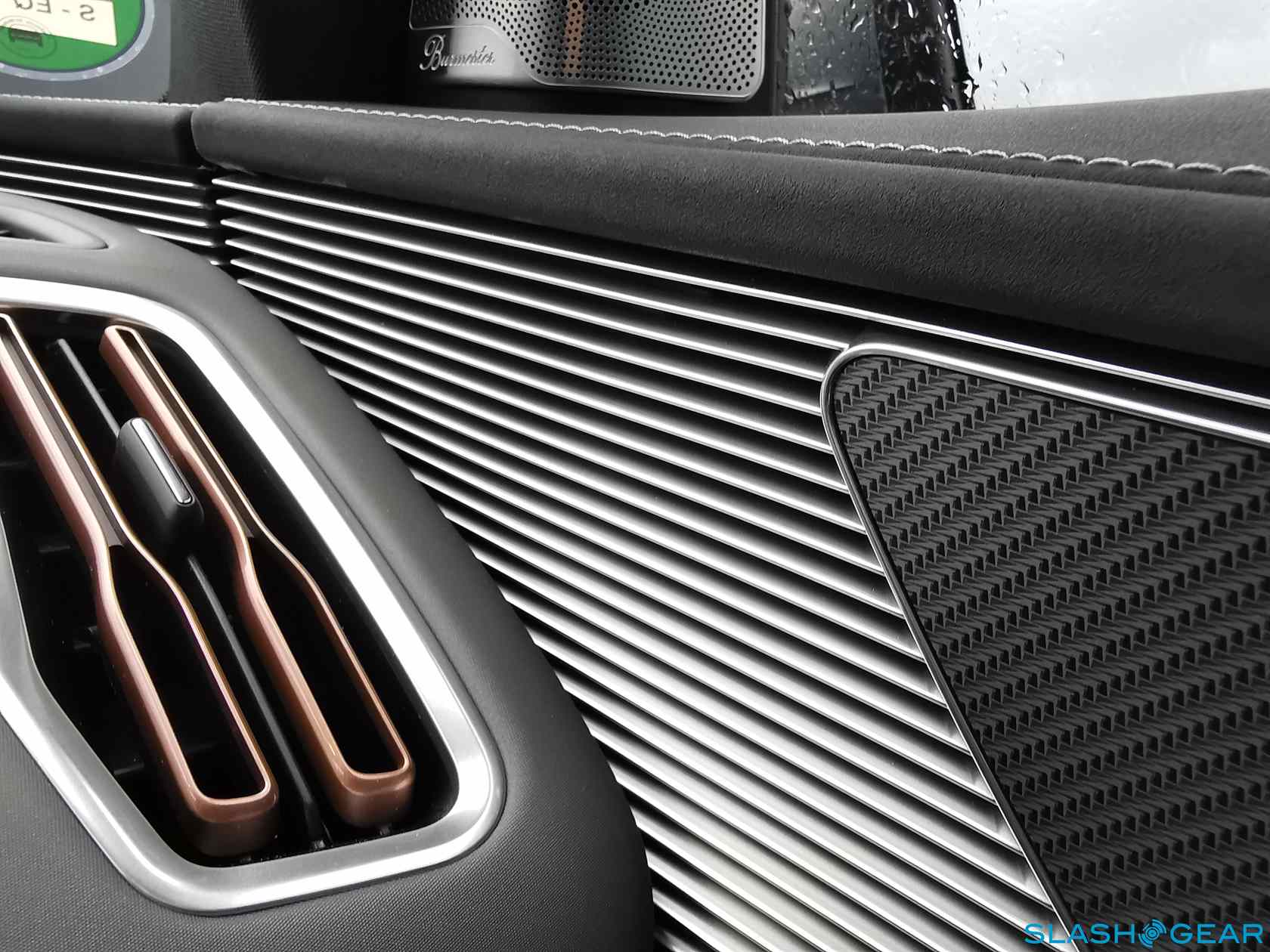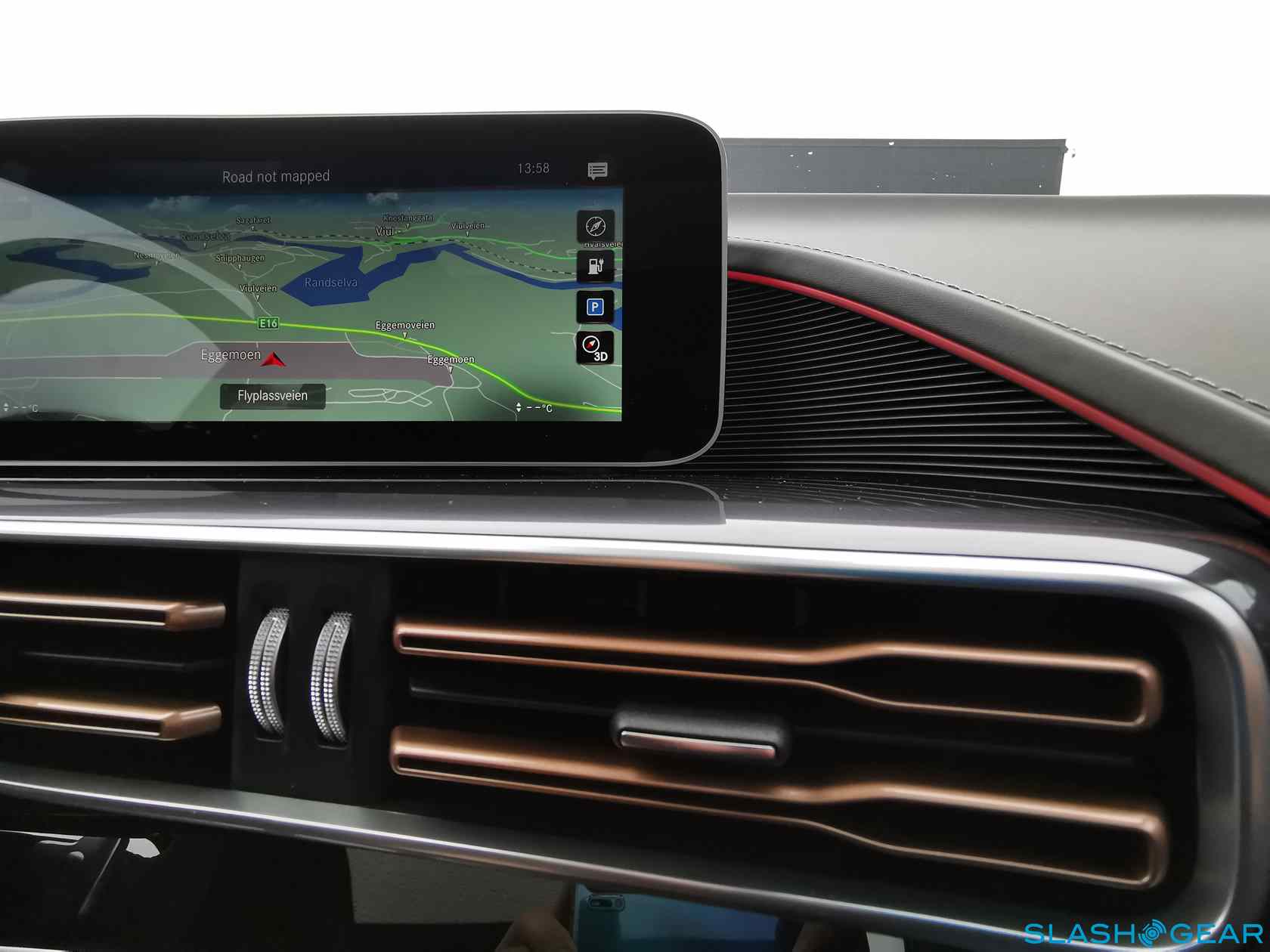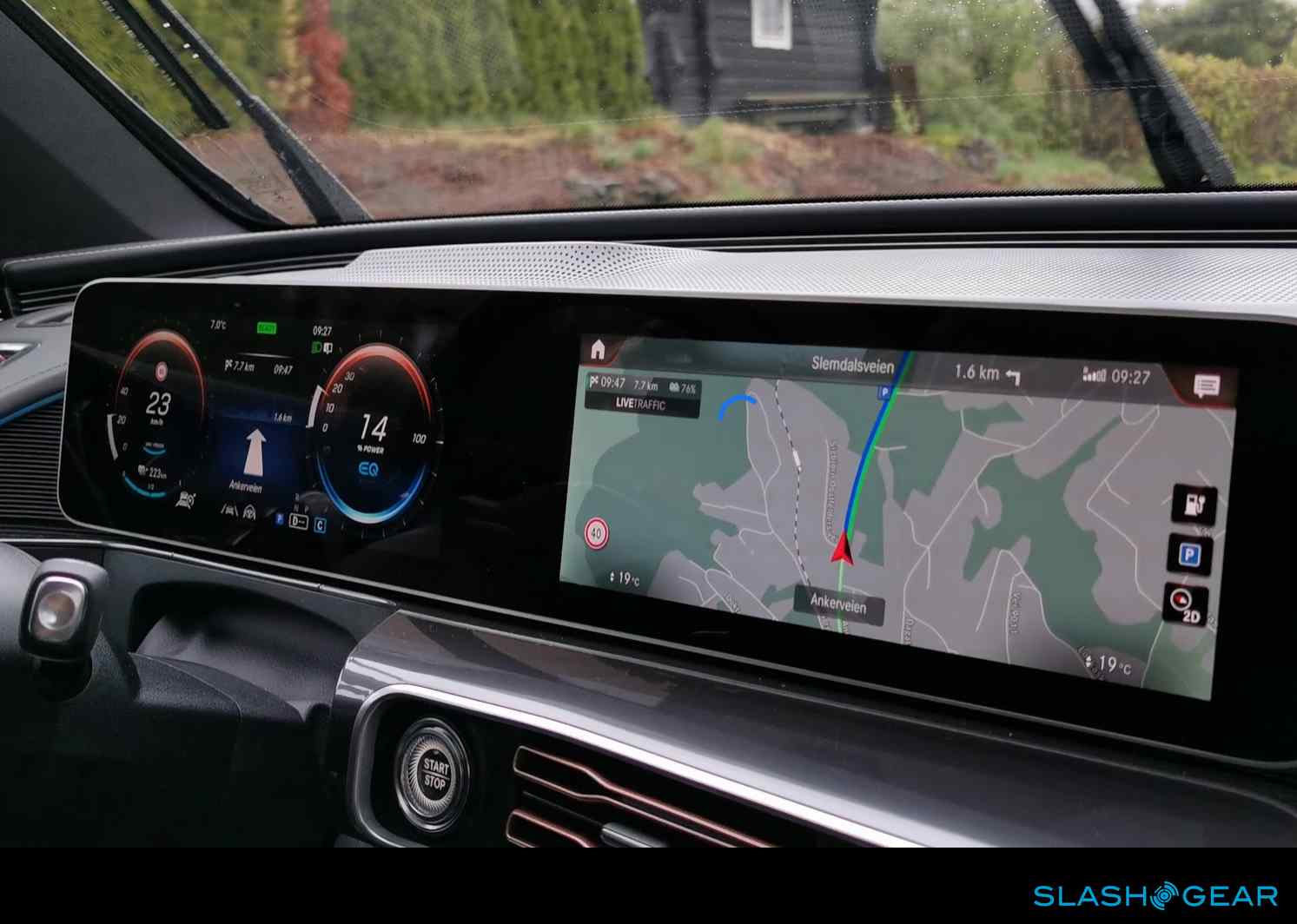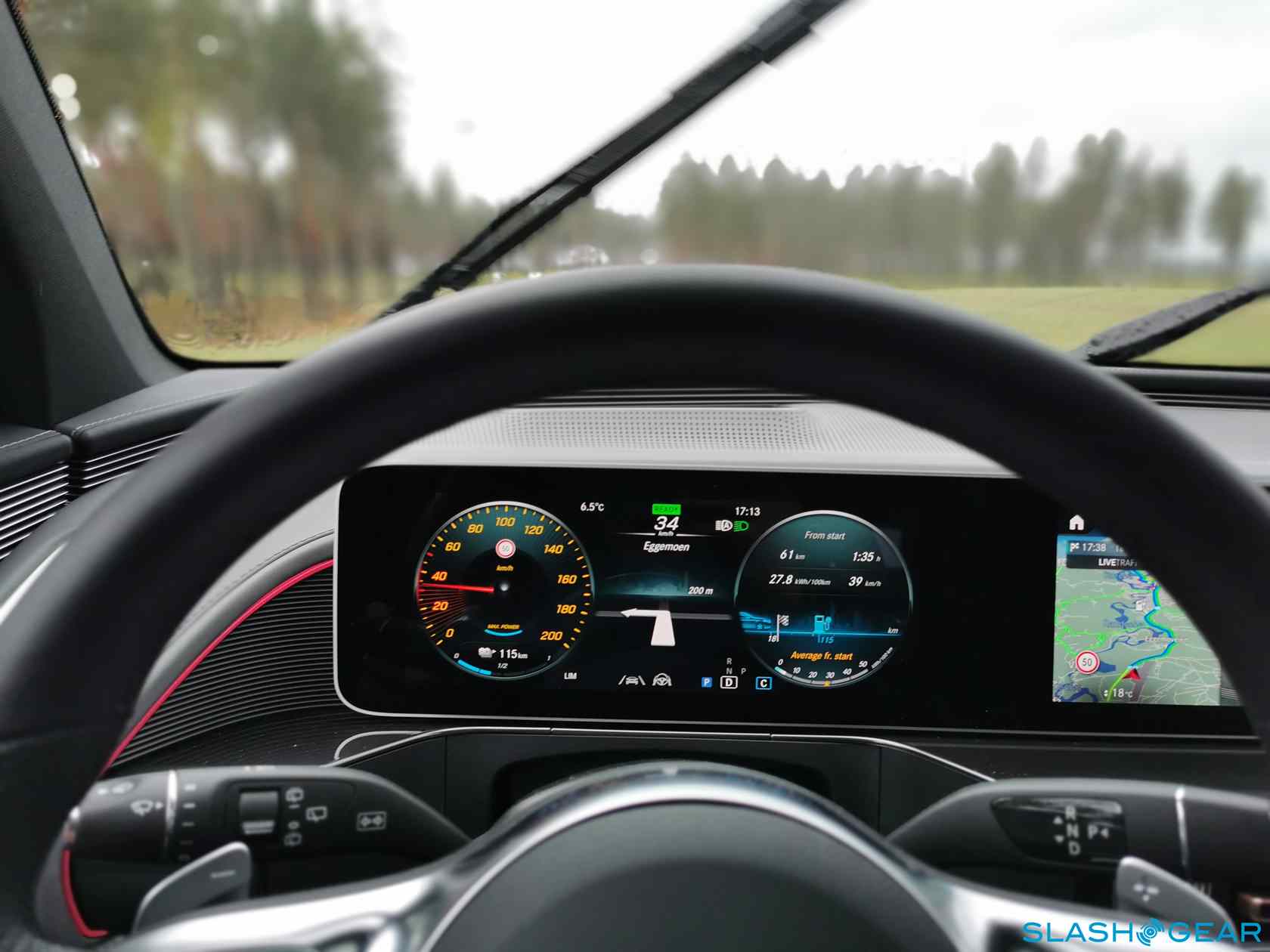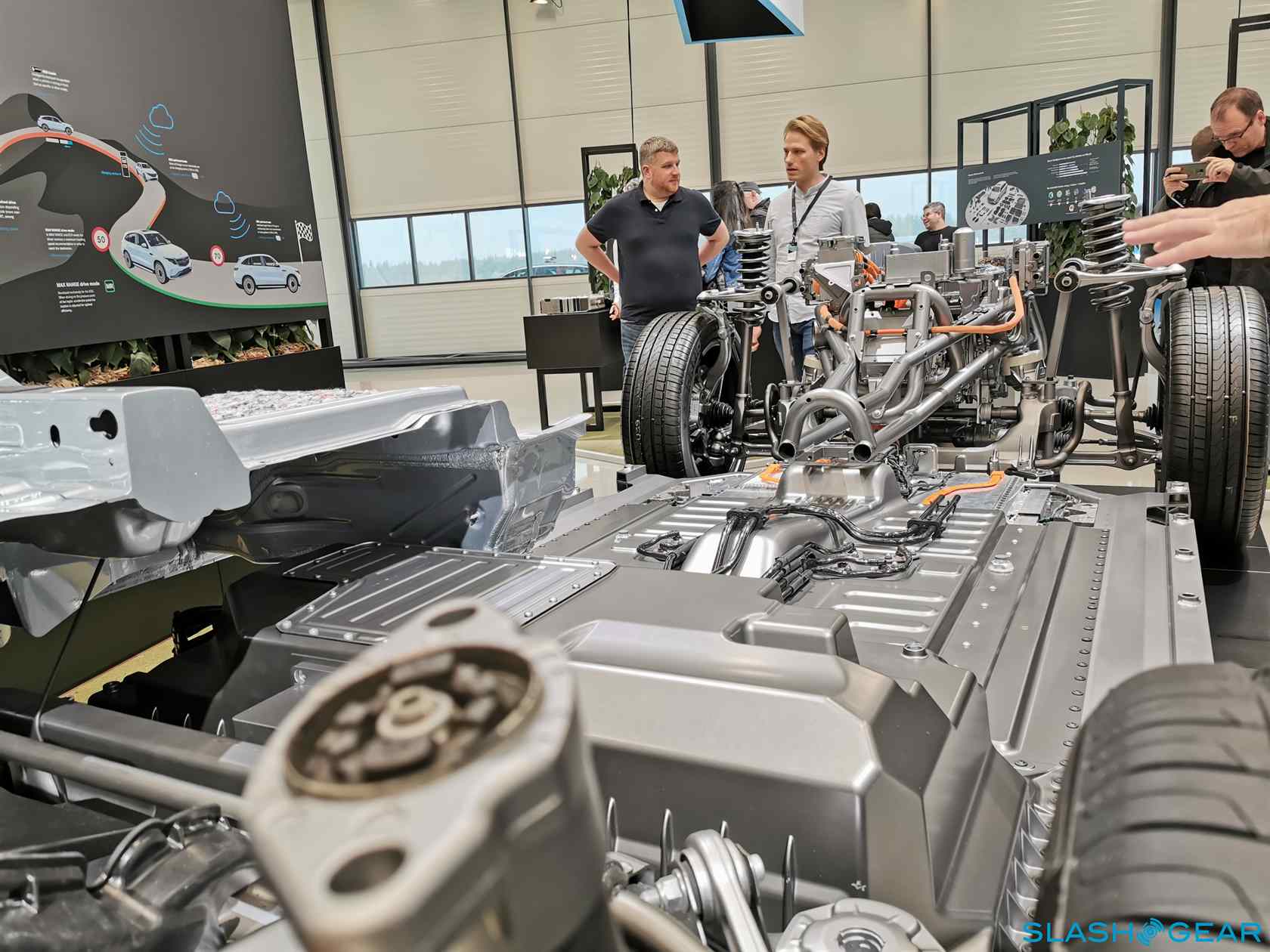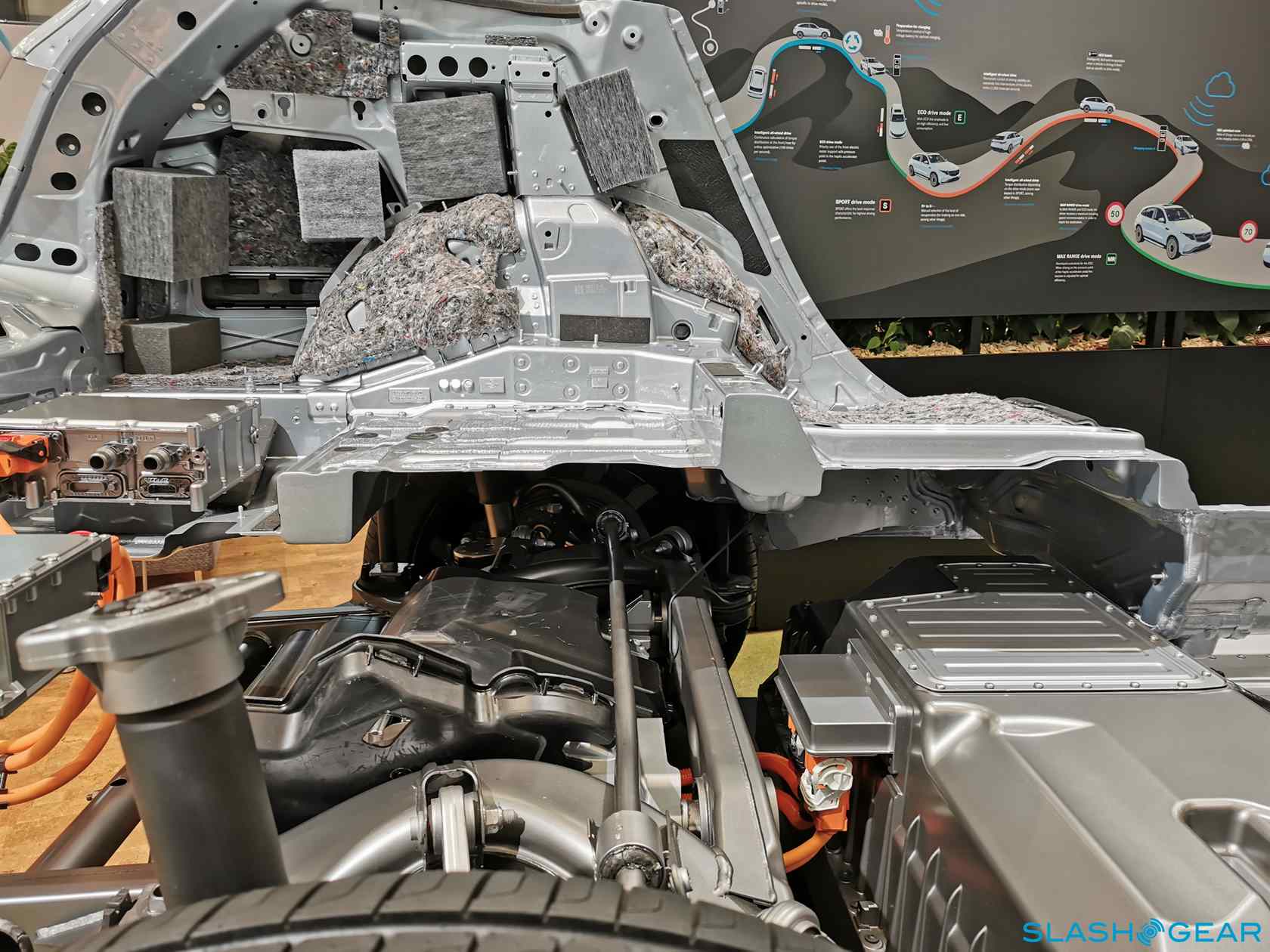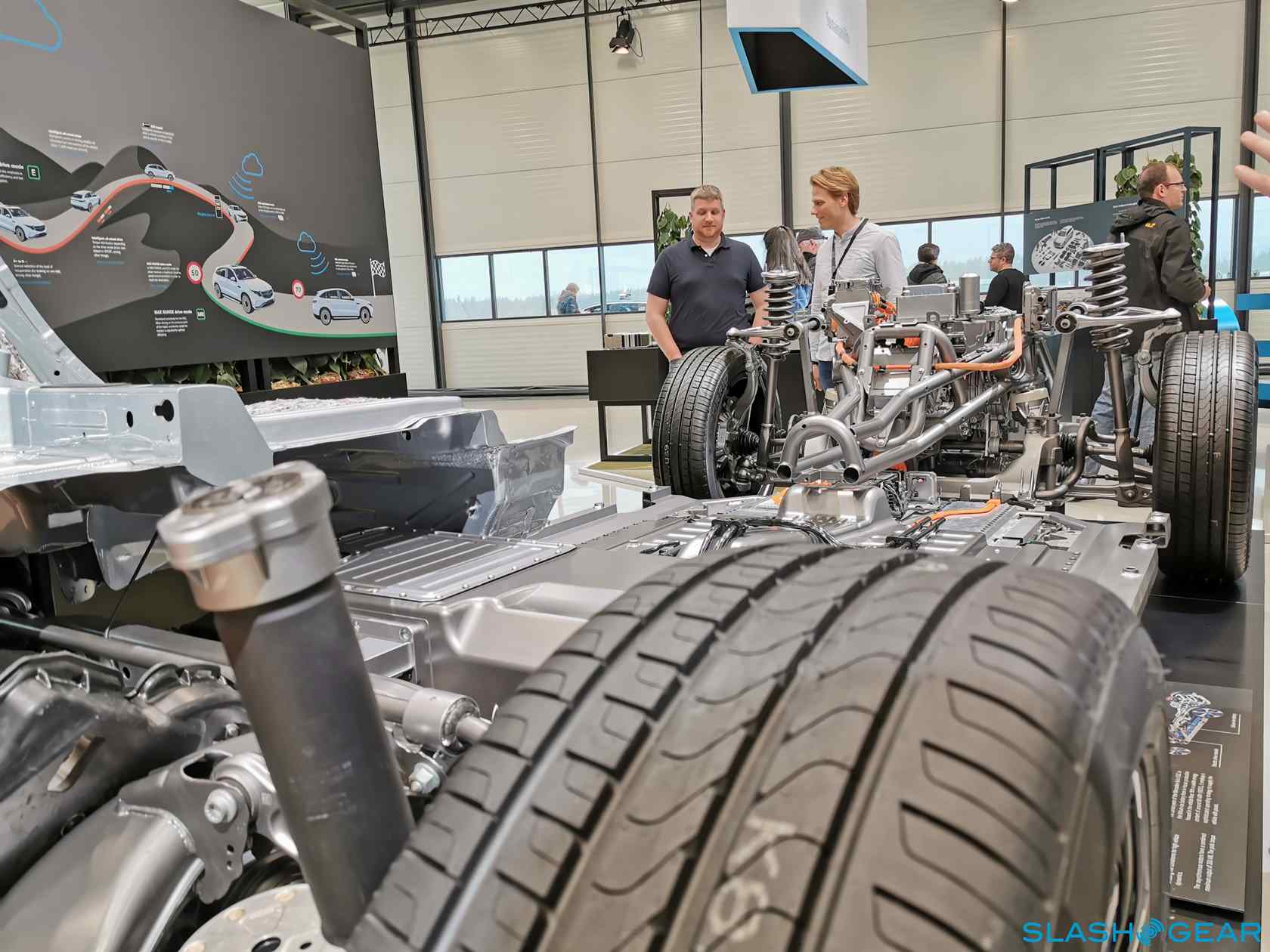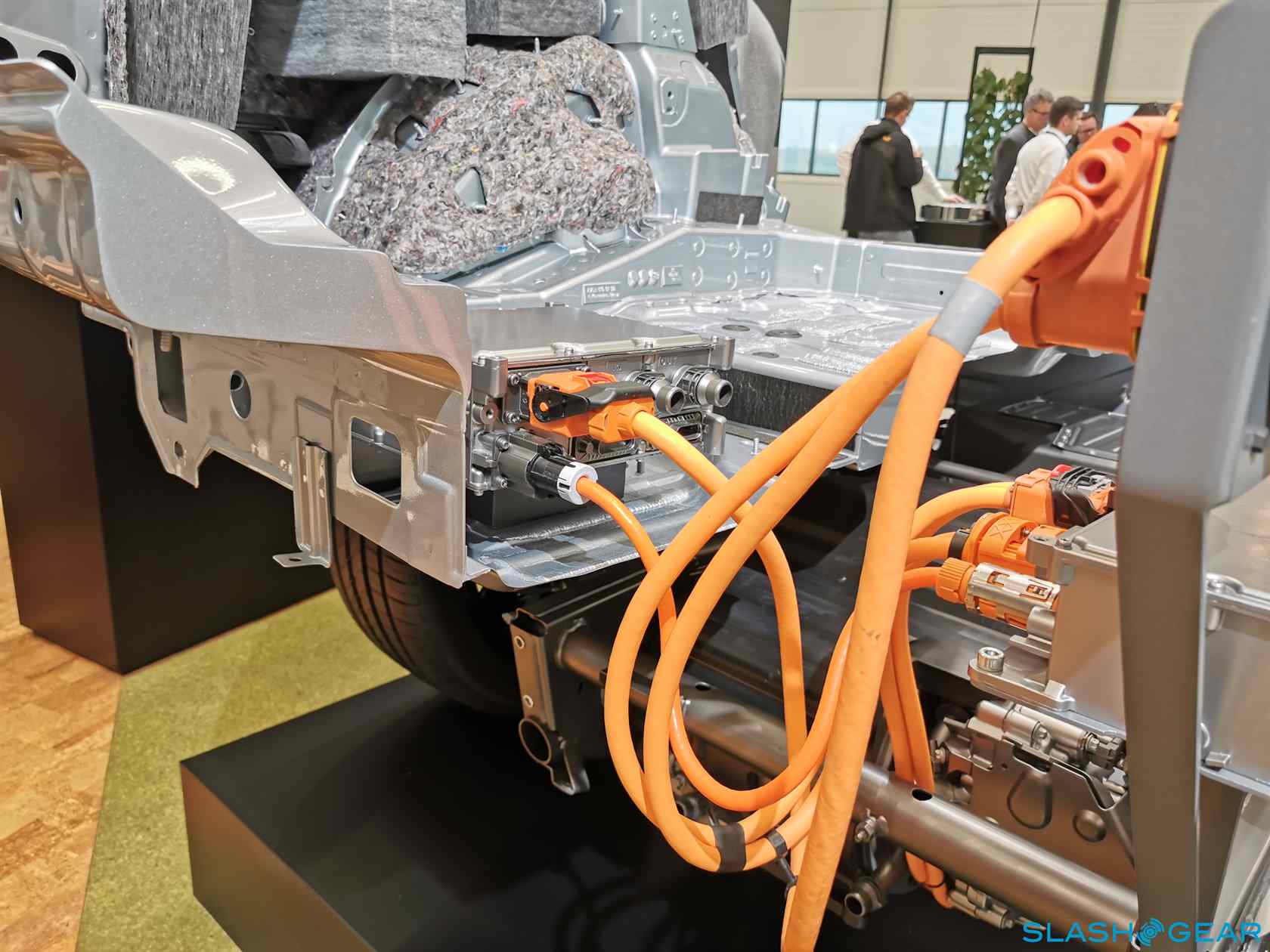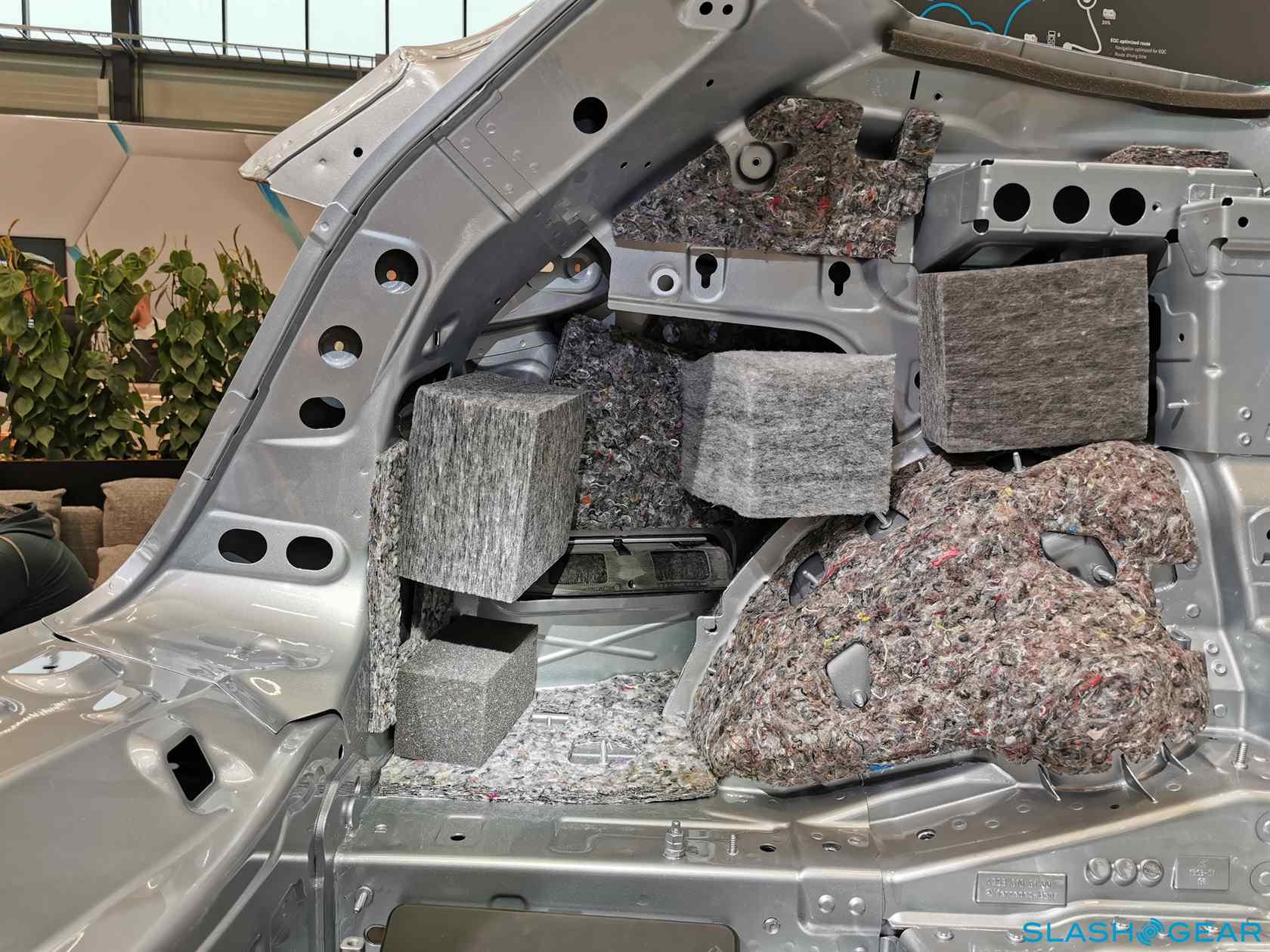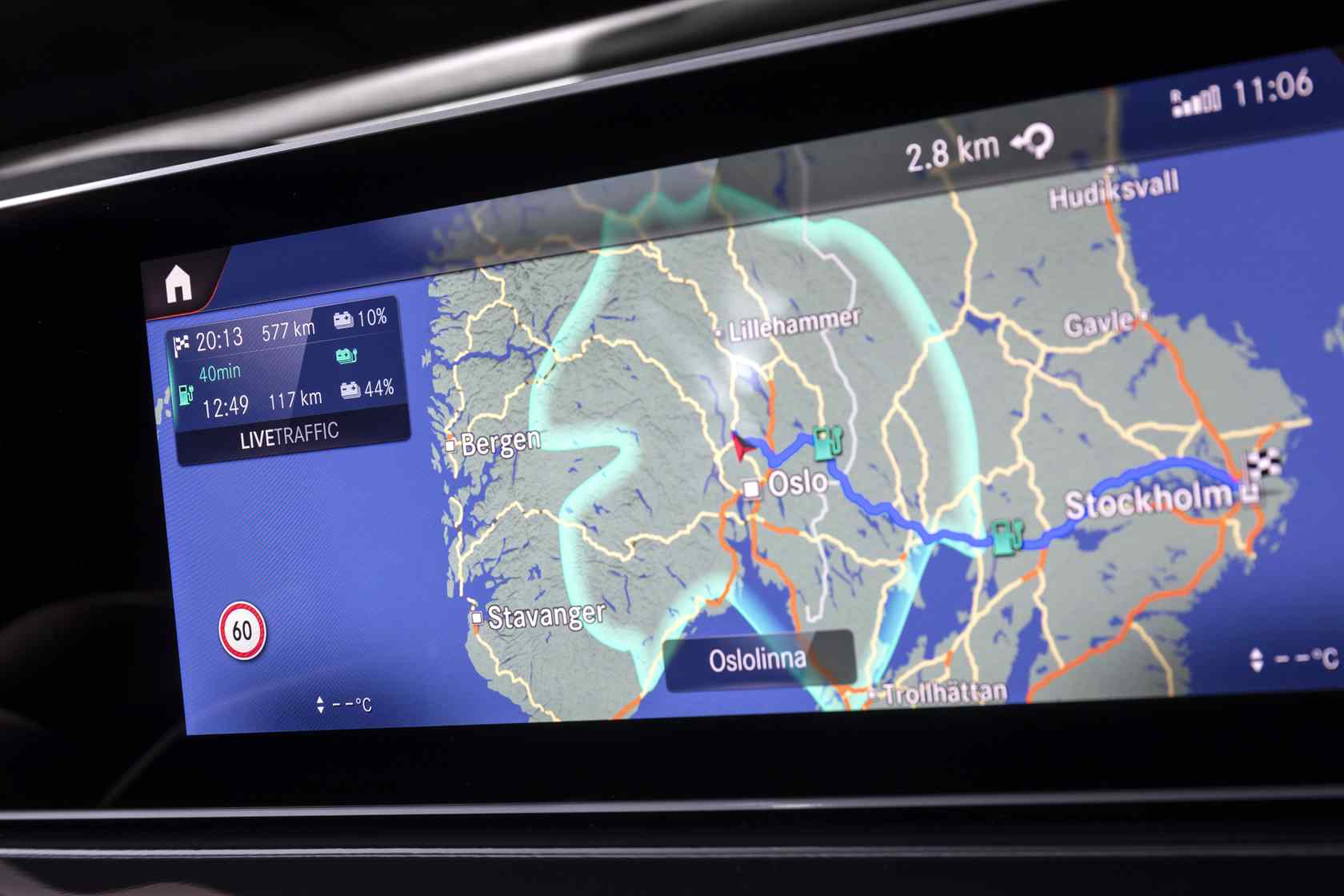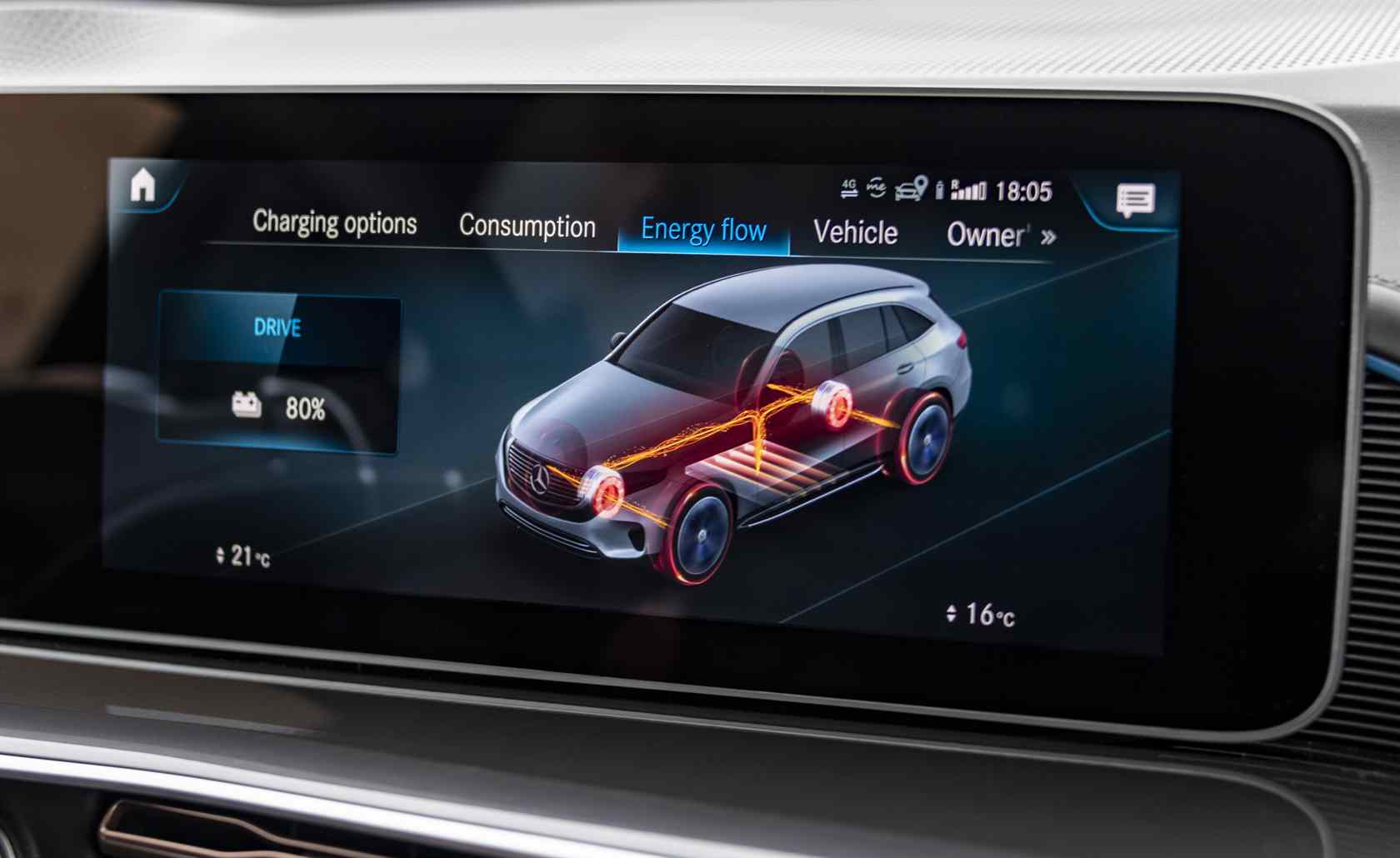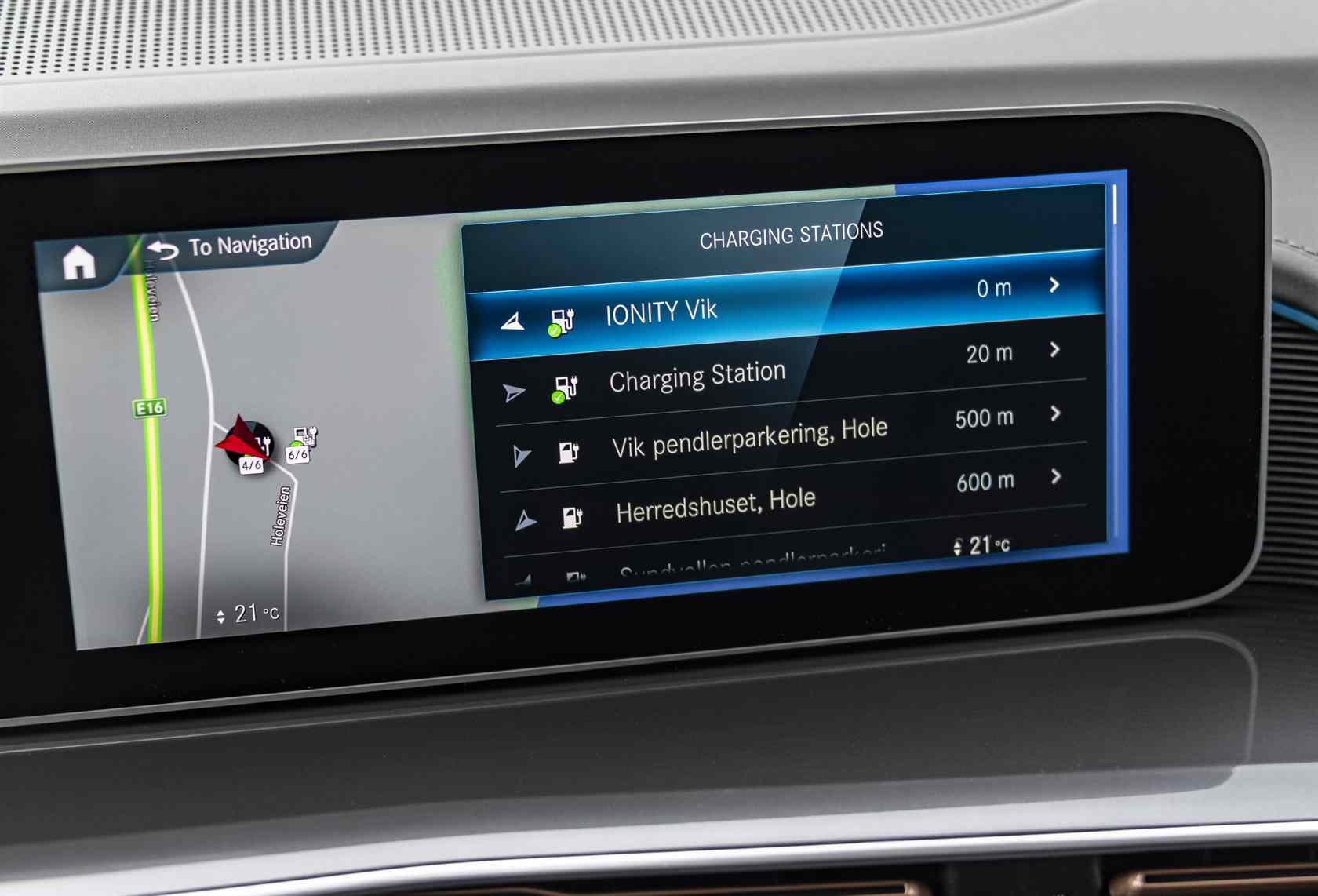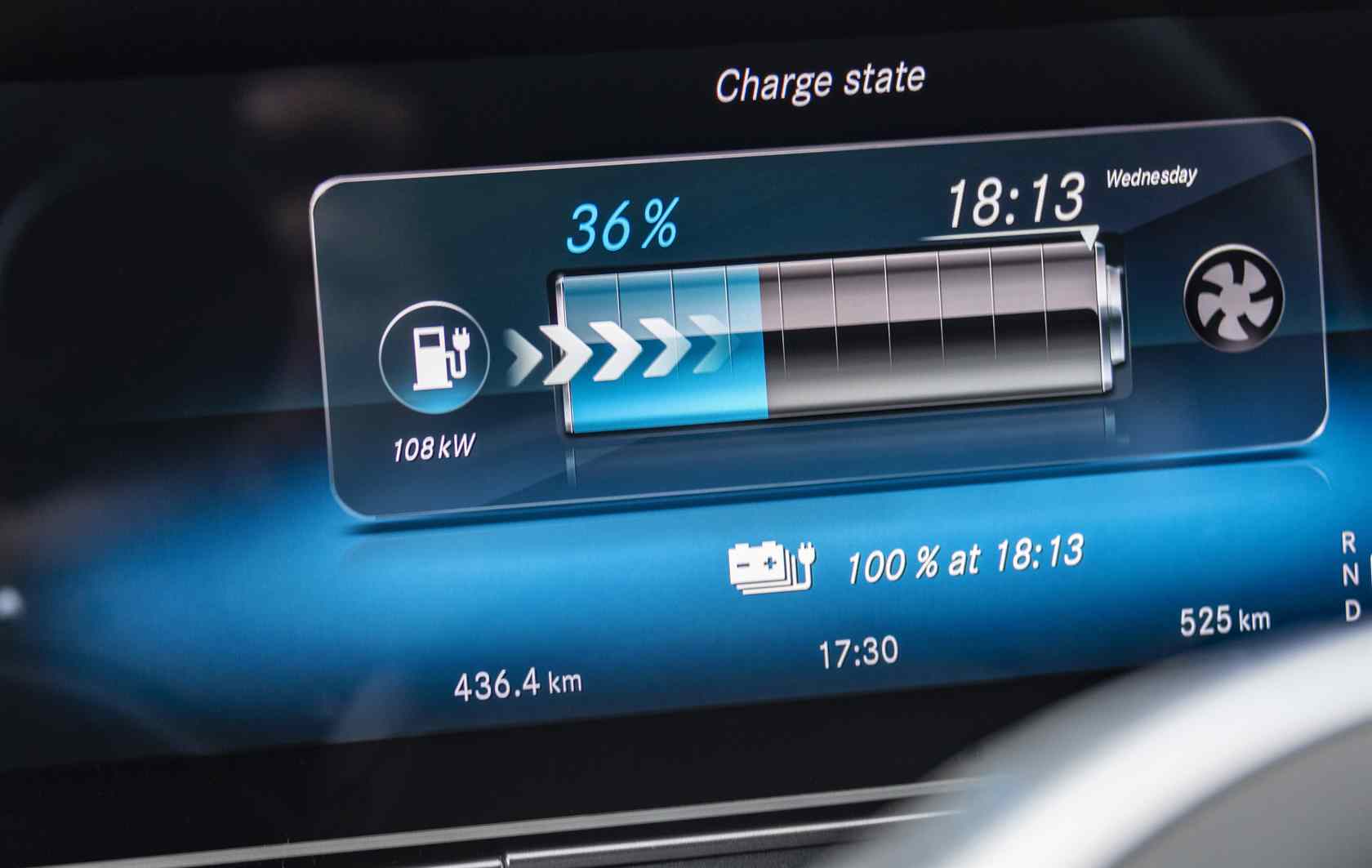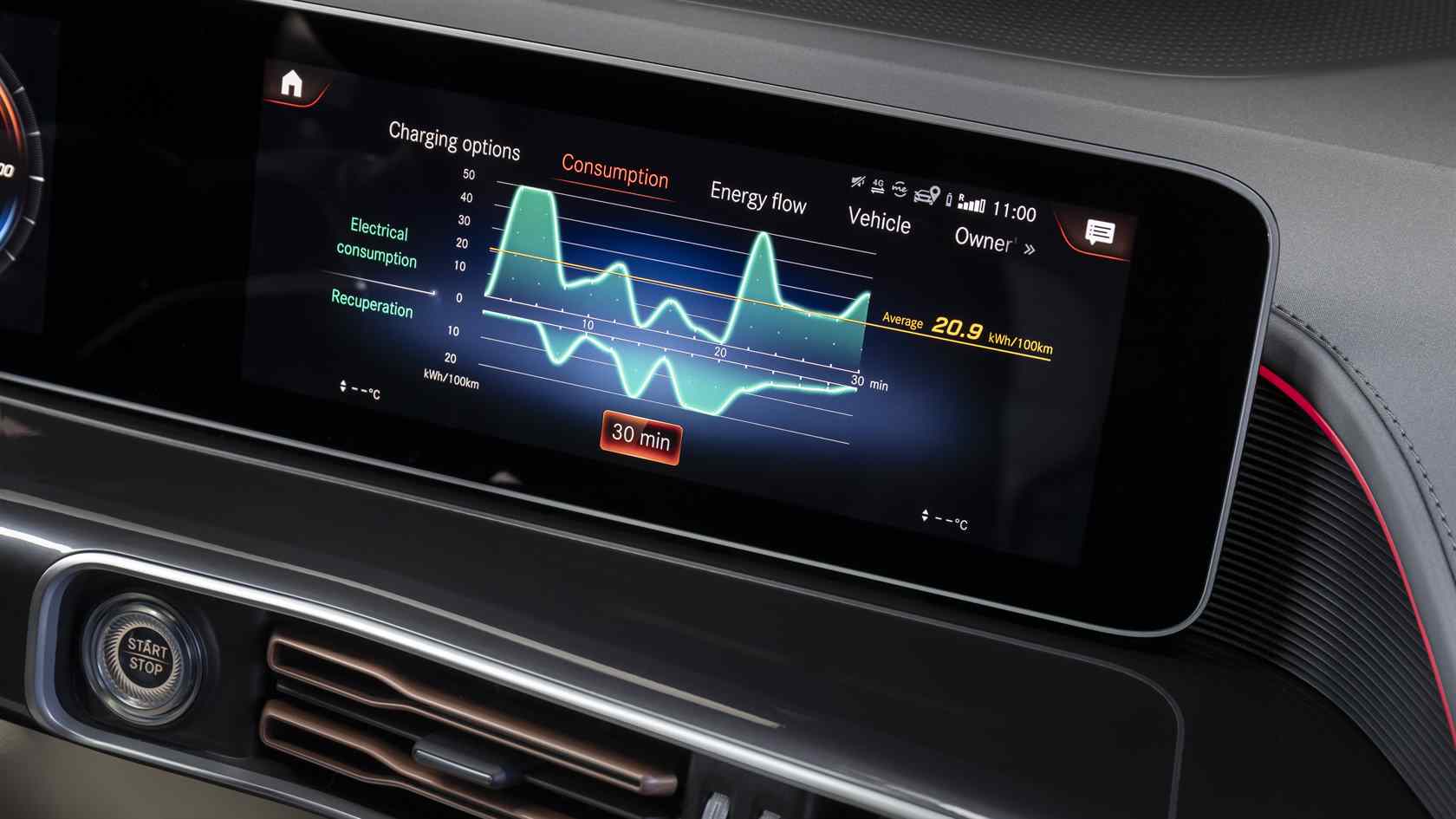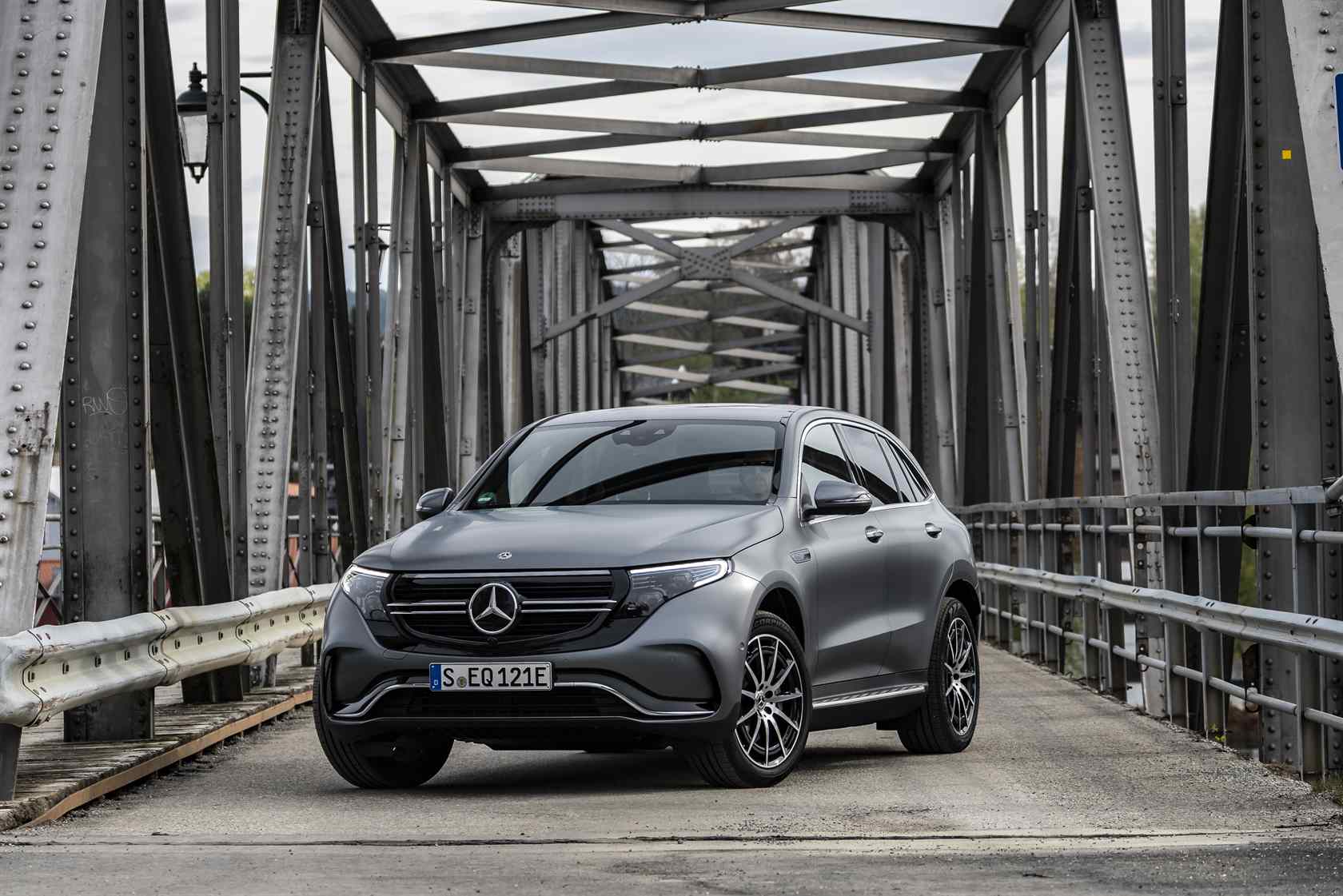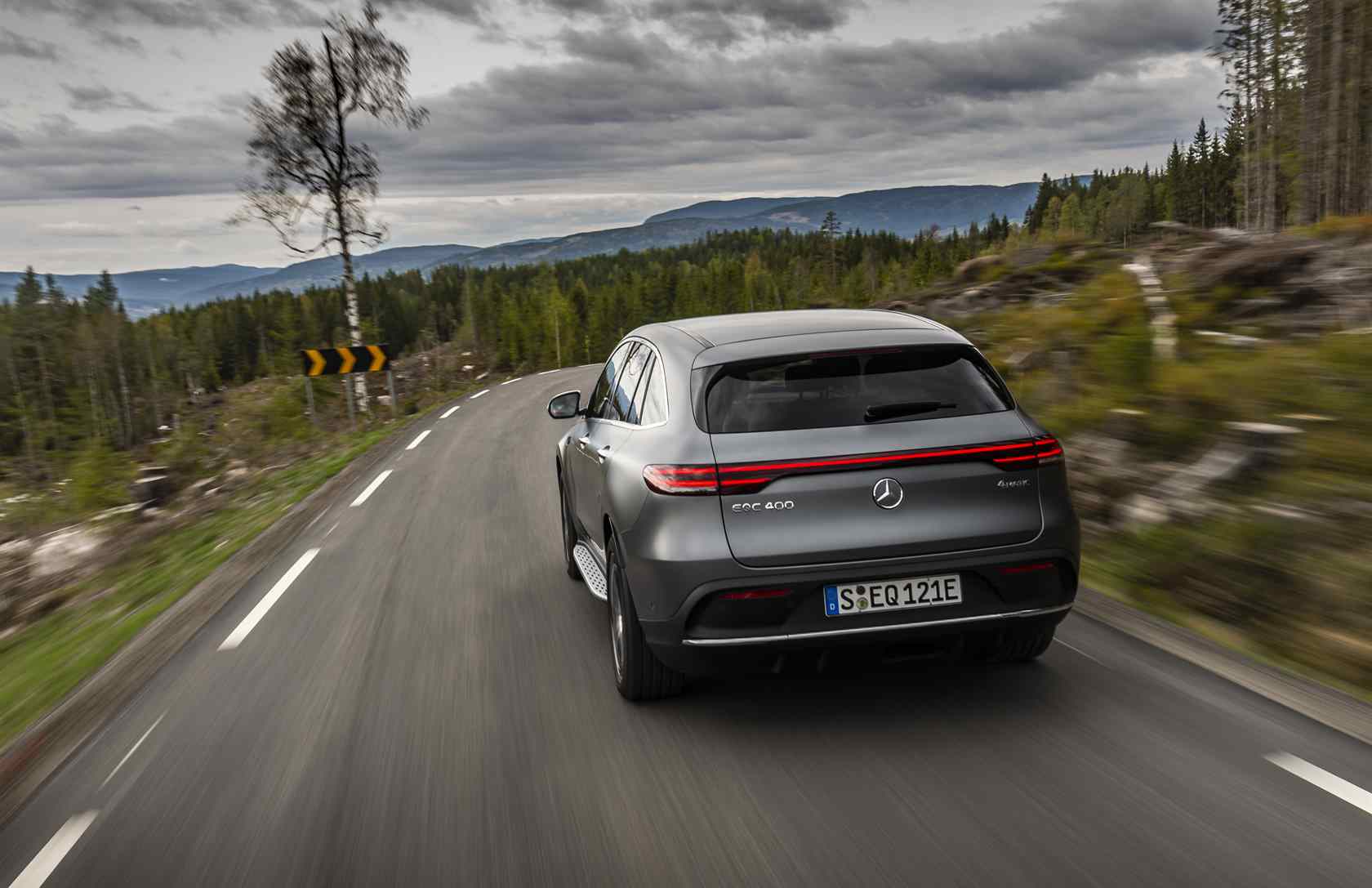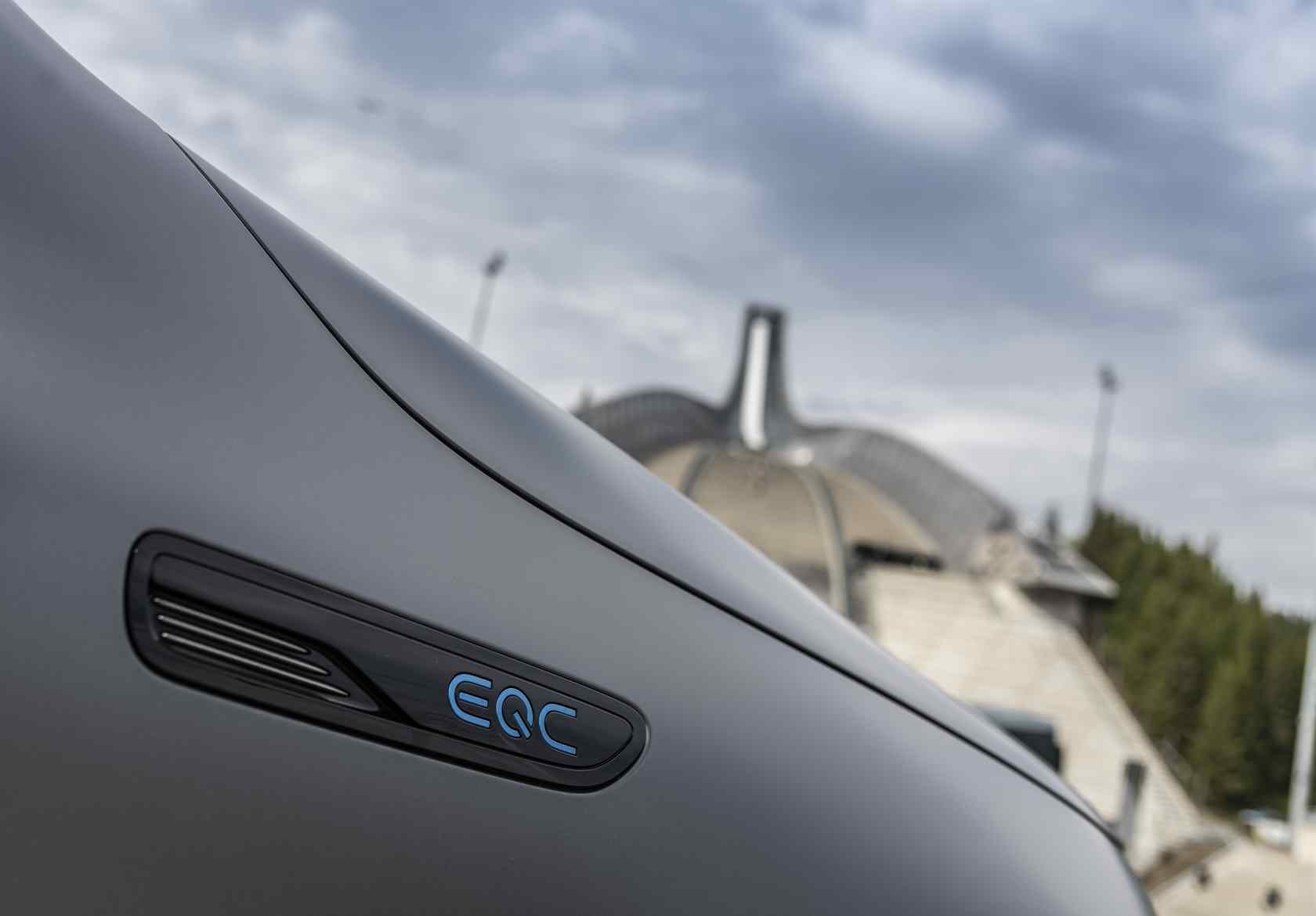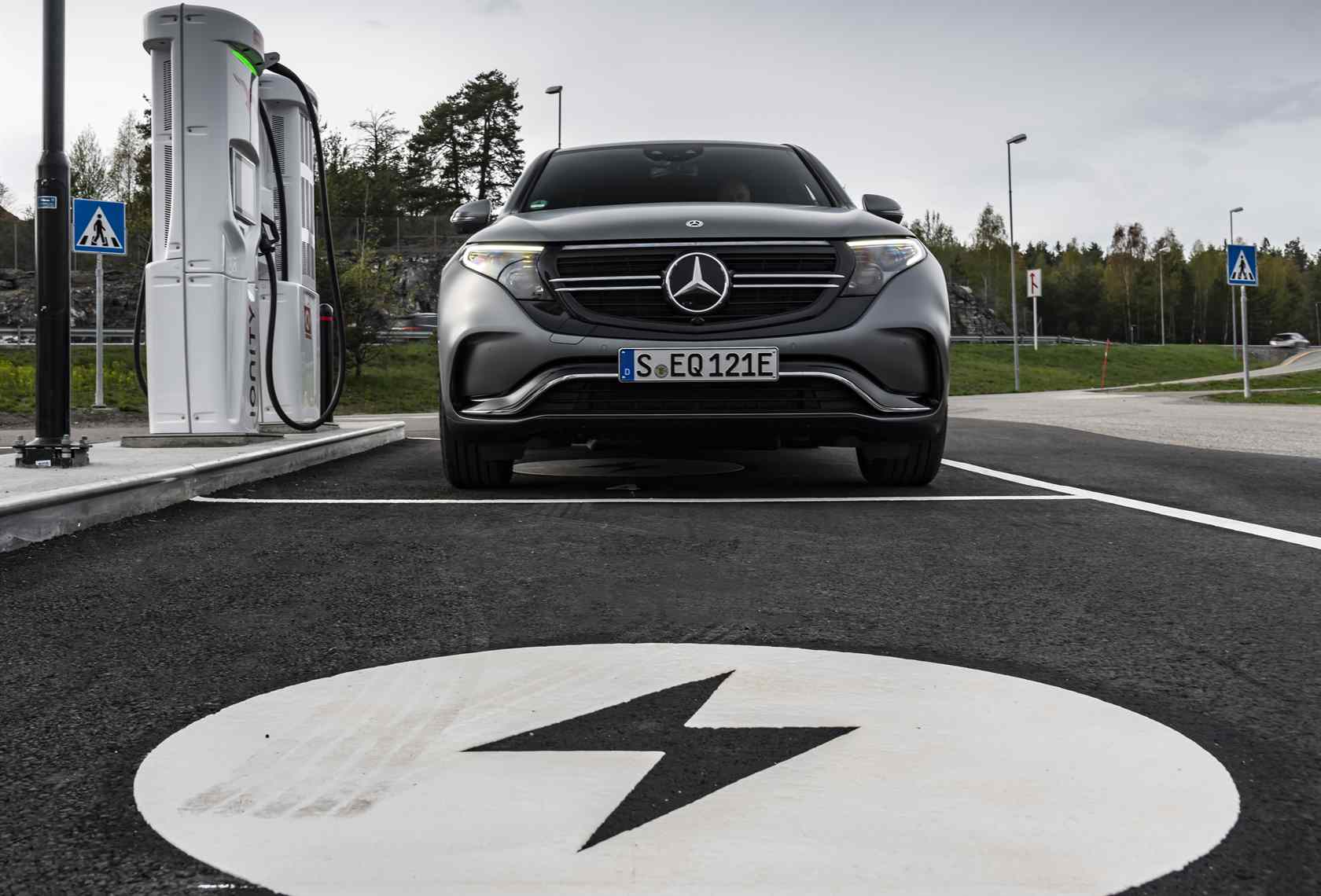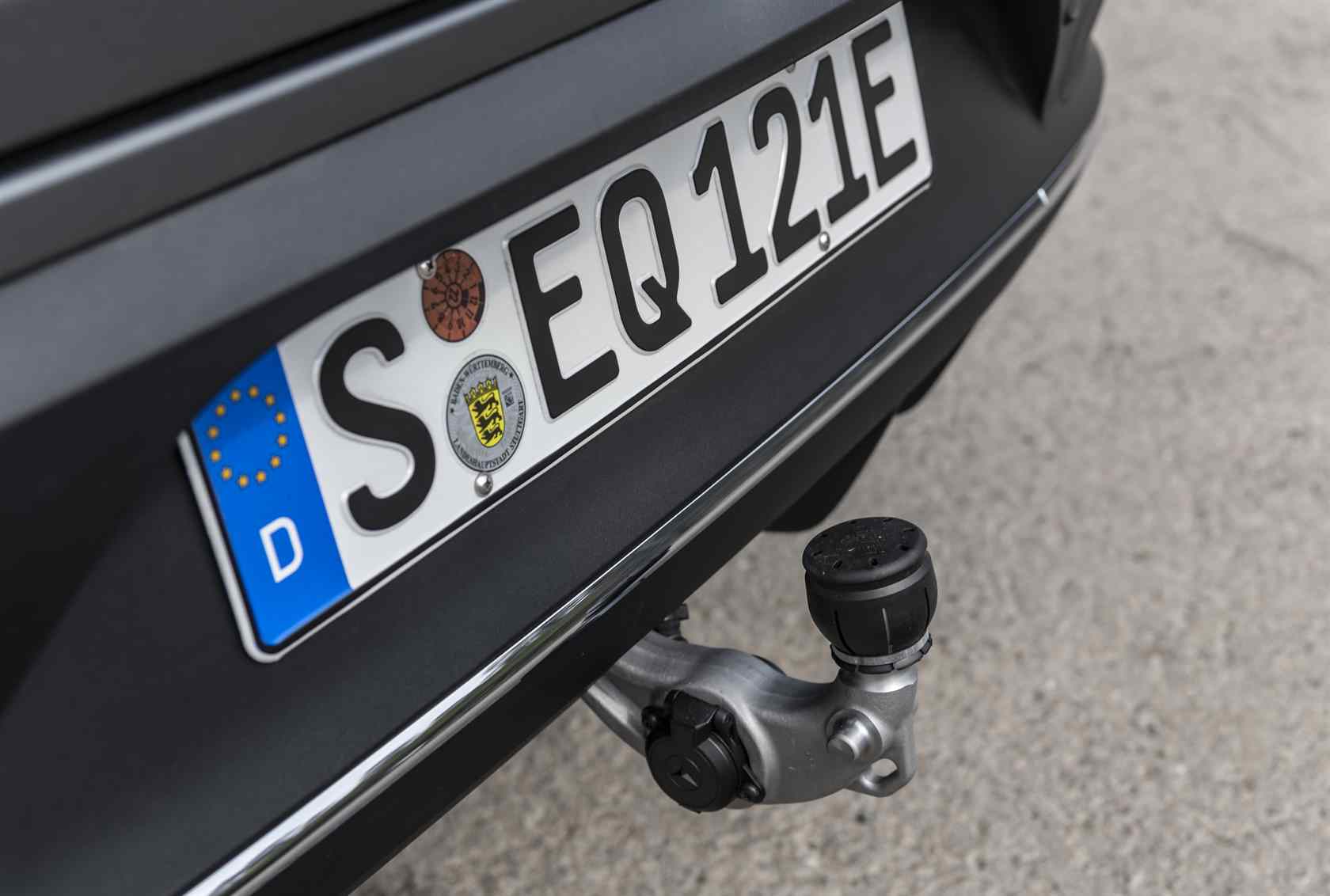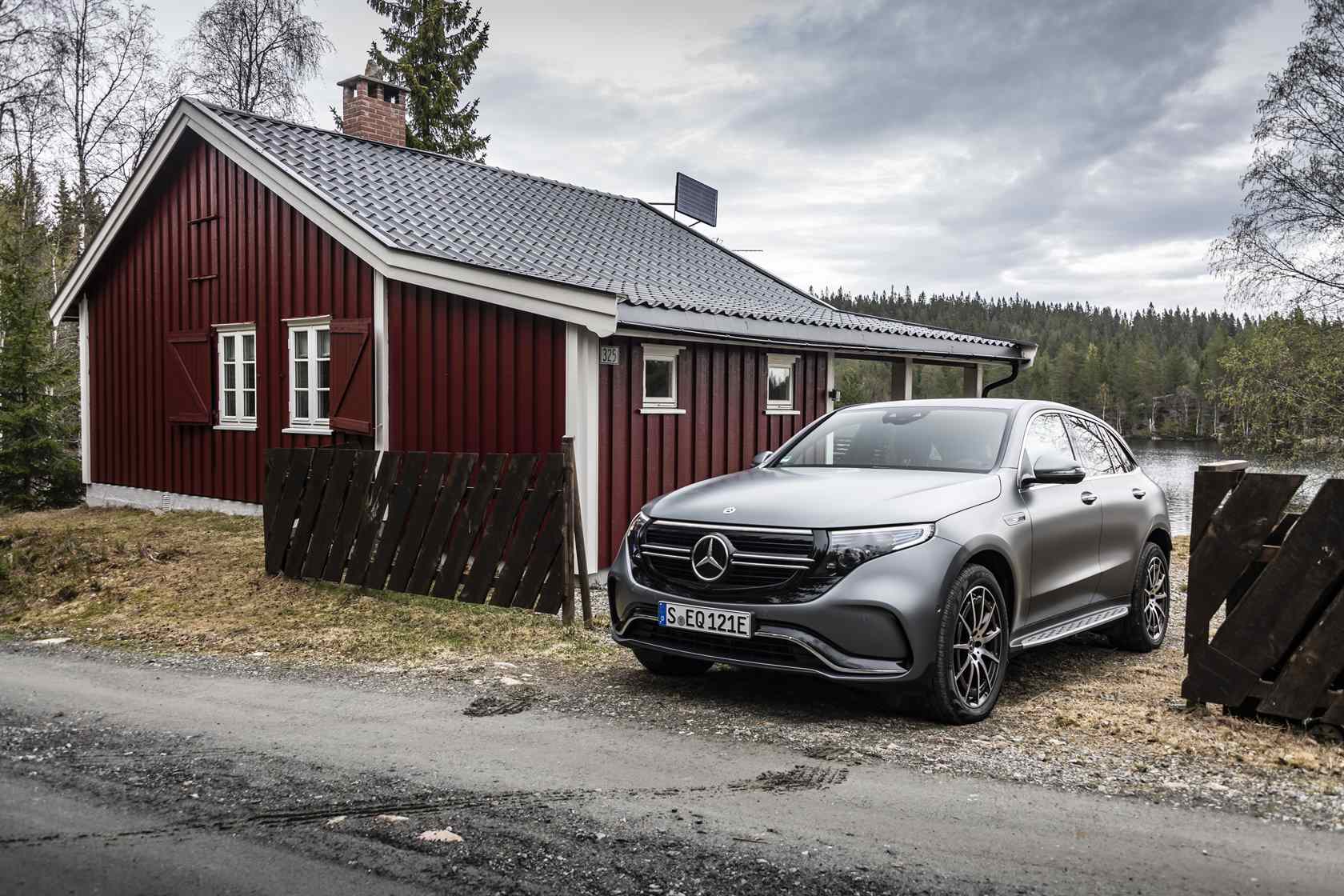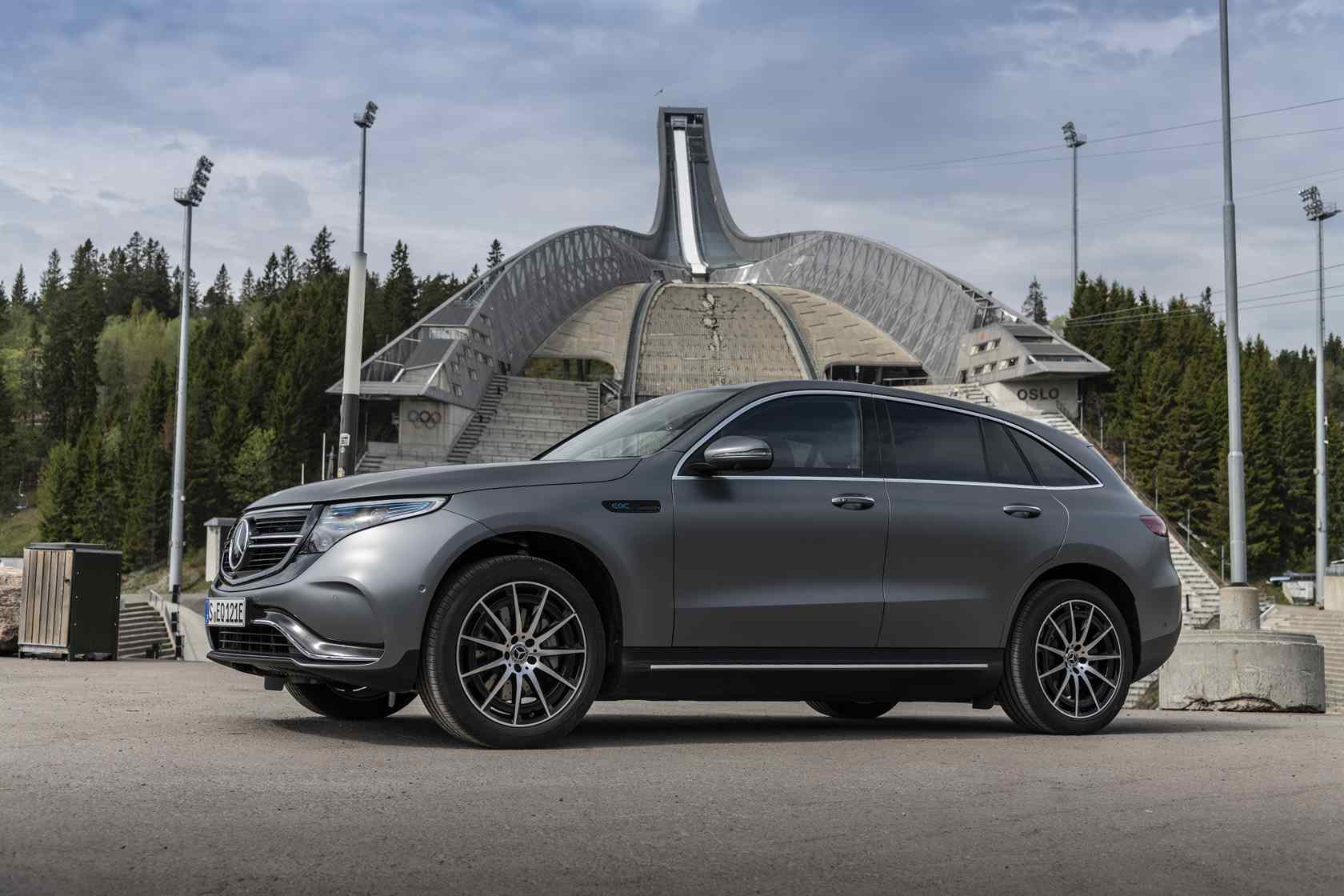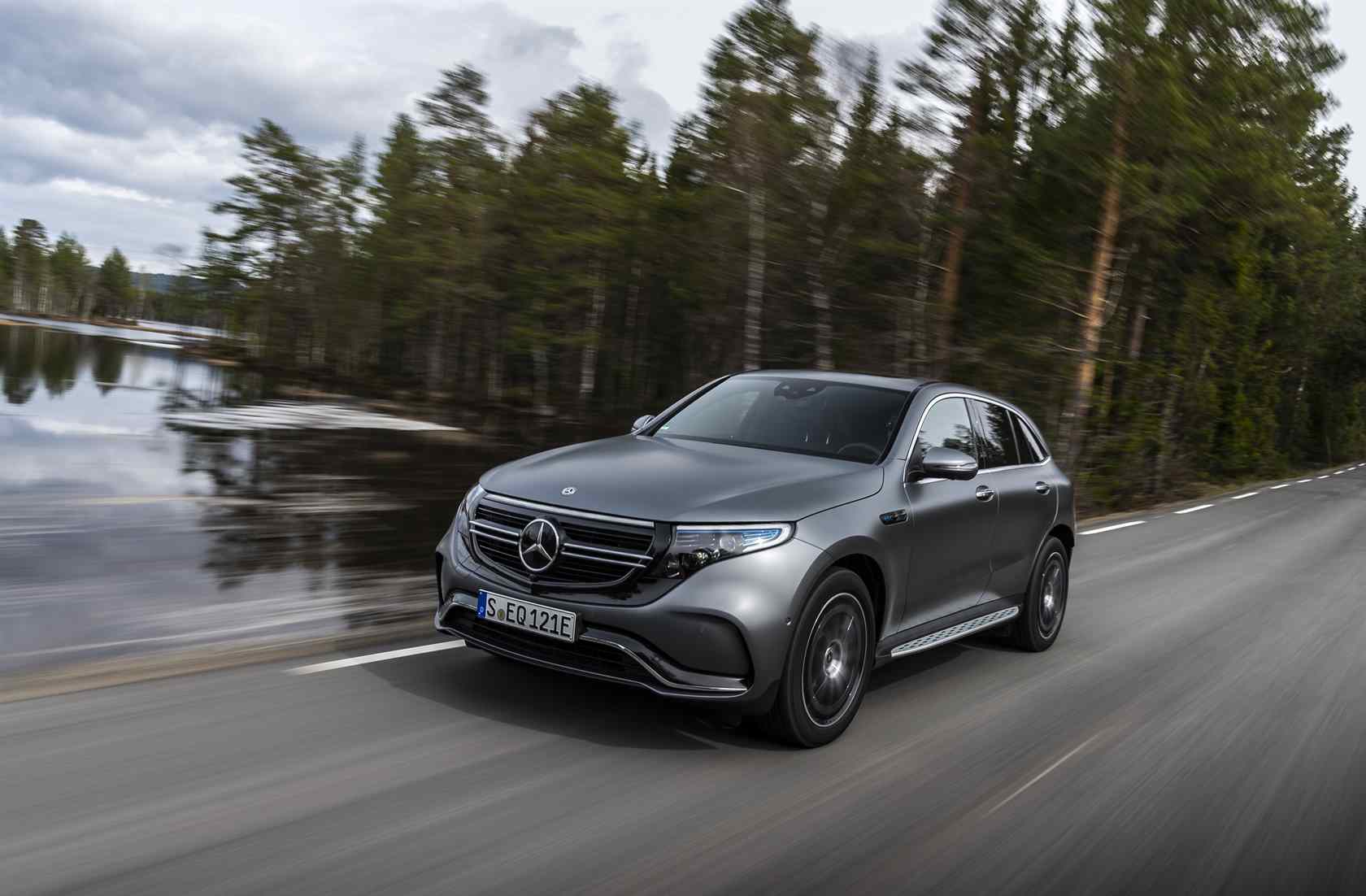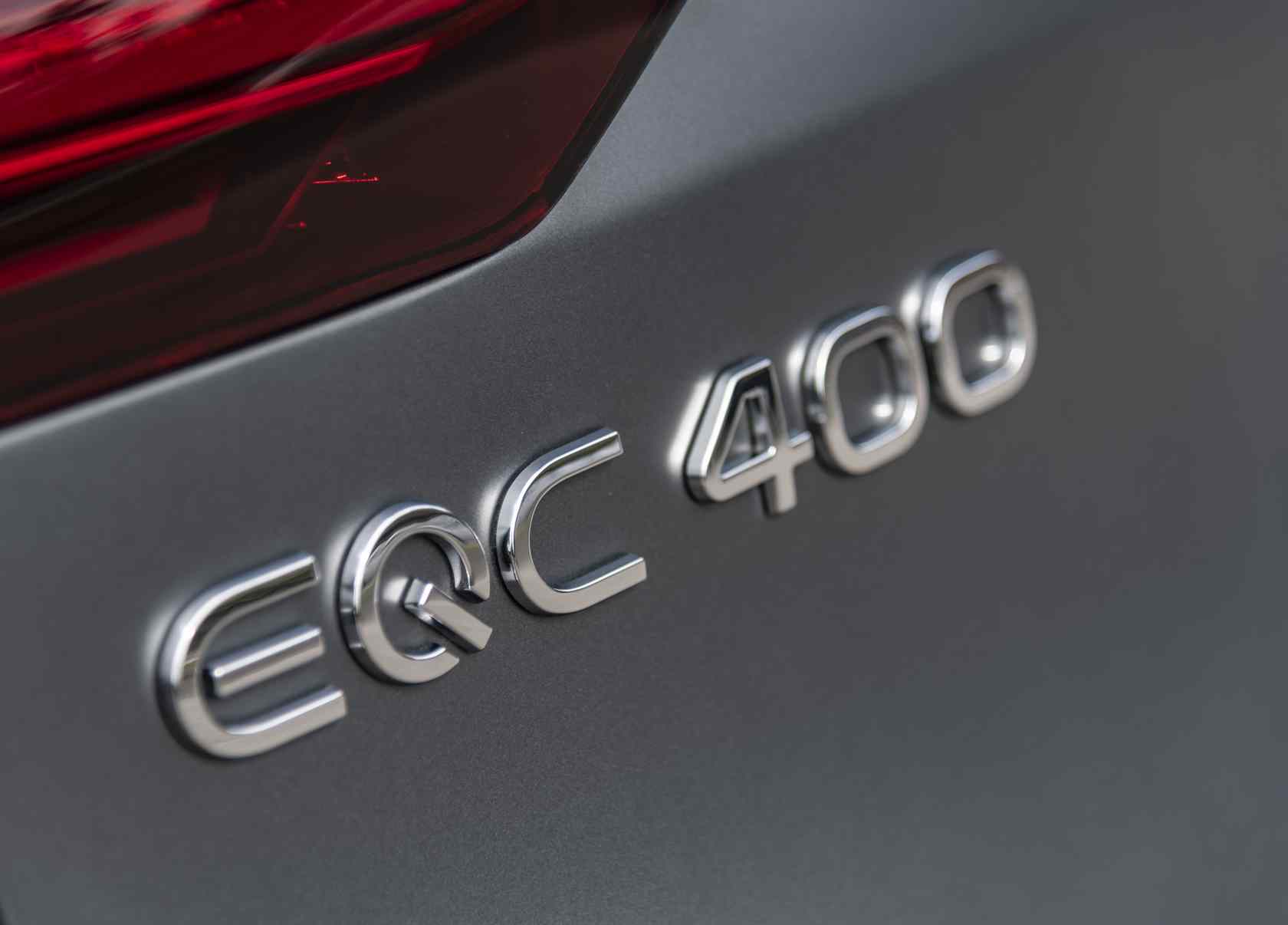2020 Mercedes-Benz EQC SUV First Drive: Luxury EV In Motion
Whenever a carmaker unveils a new electric car, I tend to get excited. With the seismic changes in today's automotive industry, the introduction of a new EV is more than just the usual fanfare of presenting a new model to the public. It signifies the current direction of a particular carmaker. In the case of Mercedes-Benz, it took some time in coming up with their first all-electric vehicle. The 2020 Mercedes-Benz EQC is the first of many to come from Stuttgart, and so naturally it has to be special. I got to drive it in rainy Norway.
Based on styling alone, it's quite clear Mercedes-Benz didn't want to come up with something that screams, "I'm an EV." Indeed, the 2020 EQC looks very much like a conventional family SUV, much in the same way the Audi e-tron doesn't differ much from the Q5 in terms of its overall aesthetics. Like with other German automakers, though, the 2020 Mercedes-Benz EQC comes infused with unique styling touches. It's not unusual, for example, for a premium vehicle to come with a horizontal LED light bar in the rear lights. But for the first time, Mercedes-Benz fitted the EQC with a horizontal light bar in the front as well. This not only distinguishes the EQC from the GLC – on which it is based – but it gives the EQC a delectably futuristic vibe.
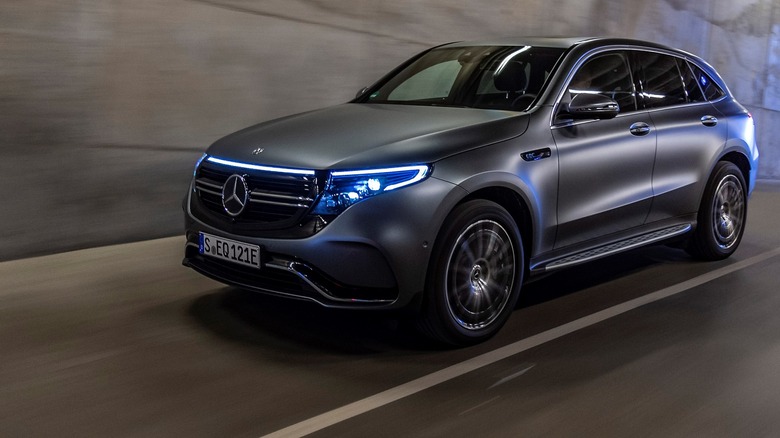
If that's not enough, Mercedes-Benz has something good in store for American buyers of the EQC: the large Mercedes-Benz star in the grille is illuminated at night. This feature is exclusive to all U.S.-bound EQC SUVs. Some might say this is too much bling for what is purported to be an everyday sort of family car. But if others are not doing it, why not Mercedes? The point is I like it, and it certainly gives the EQC a distinctive face in the dark.
The body of the 2020 Mercedes-Benz EQC is sculpted to guide the airflow smoothly as the vehicle moves. "We came up with a super low bumper design and front spoiler to provide the best aerodynamic efficiency in the new EQC," Maurice Girod, chief aerodynamic engineer for the Mercedes-Benz EQC, explained. "We also employ cooling shutter systems in the front grille and lower air inlet to smoothen the airflow at higher speeds." Everything about the EQC is optimized for better airflow. It has standard aero wheels which closely resemble the OEM wheels on a Tesla Model 3.
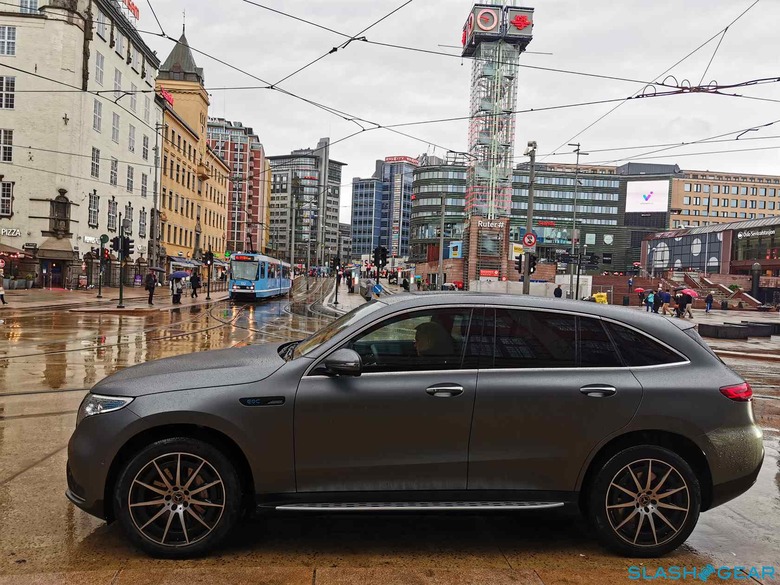
Viewed from the side, the dramatically sloping roofline commands attention. It not only gives the EQC a more coupe-like profile at the back, but it helps to guide the airflow over the standard rear and side spoilers. And, since the EQC is an EV, Mercedes had the freedom to optimize the underbody as well. Virtually every inch of the undercarriage is covered to provide smoother airflow. The result of all this is a drag coefficient of 0.28 Cd, which is exactly the same as the Audi e-tron SUV. Mercedes has an optional aero package that reduces the drag coefficient of the EQC to 0.27 Cd, too, though it still falls short of the 0.25 Cd of the Tesla Model X.
The doors, front windshield, and the seats were lifted directly from the Mercedes-Benz GLC, but that's about it. The dashboard in the EQC is a triumph in modern design. It comes with the same dual-screen layout as seen in the new Mercedes-Benz GLE and A-Class, and that's all for the better. The electronic instrument clusters for the driver and passenger are some of the best in the automotive industry. They look fine in the GLE and A-Class, but in the EQC, they fit right in with a futuristic electric car.
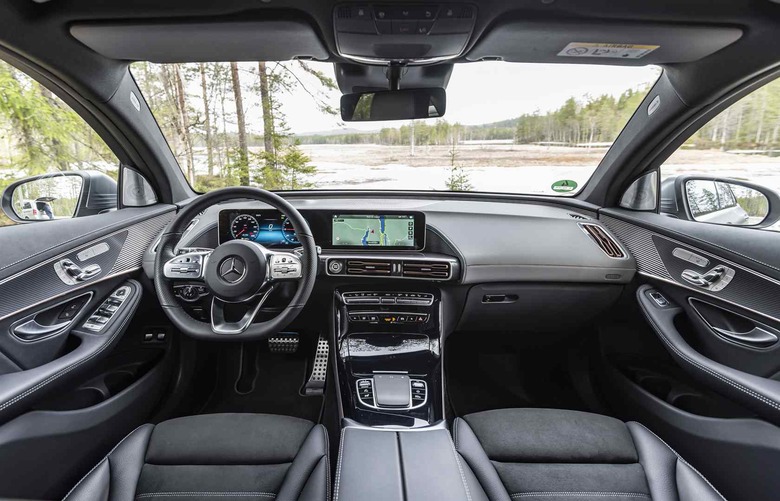
The interior is as clean and modern as you'd expect from a Mercedes-Benz. The first thing that struck me is the sense of solidity in the cabin. The air vents come dressed in rose gold, which is standard on all EQC trims and reminiscent of copper wiring, while the wraparound blades represent a sort of heat sync design.
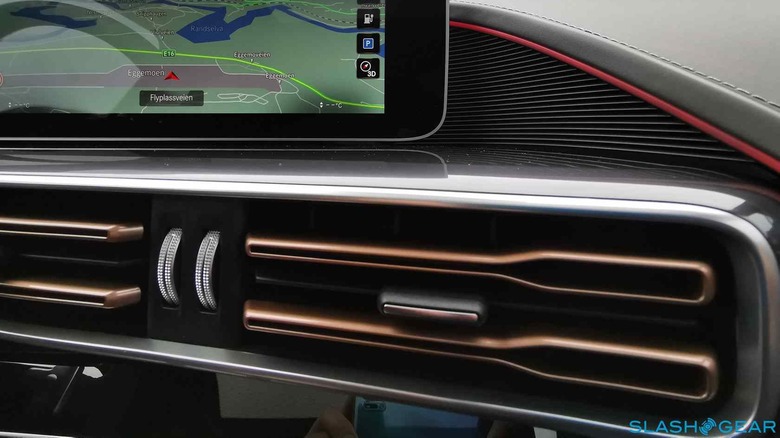
Next came the inherent silence as I pushed the gas pedal. This comes as no surprise as every inch of the car is meticulously tuned to cancel out noise, vibration, and harshness. Credit also goes to the sleek, aerodynamic shape that eliminates turbulence and wind noise. Even the underside of the fenders is lined with insulating foam to prevent tire roar from entering the cabin. The new Mercedes-Benz EQC rolls like a proper electric car, but it manages to exude a feeling of solid luxury. This feature alone makes it different from the Tesla Model X and Jaguar I-PACE, and it certainly gives the Audi e-tron a serious run for the money.
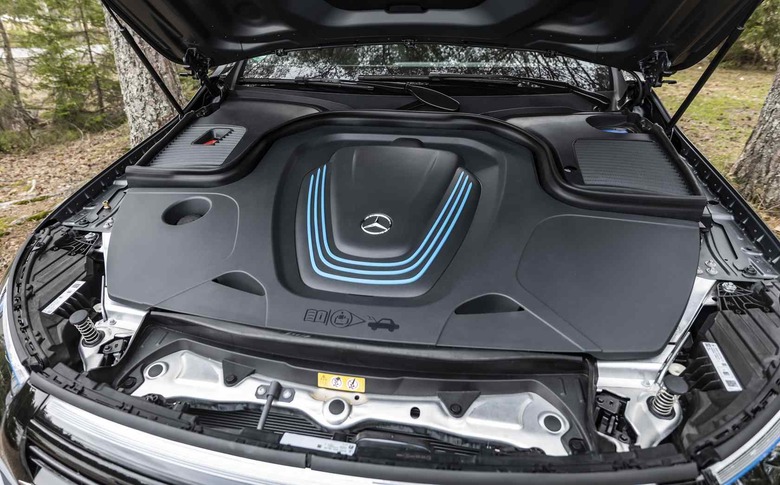
The aerodynamically tuned shape of the Mercedes-Benz EQC is all for a good cause. The EQC is equipped with two asynchronous electric motors – one in the front, one in the rear – rated at 150 kW each. Interestingly enough, the front motor is different from the rear, even though both promise the same power. This is what makes the EQC different from other dual-motor EVs.
The front motor is optimized for higher efficiency and low-end torque. The electric motor in the rear, meanwhile, is tuned for high performance. The operating strategy of the electric motors is to constantly monitor the drivetrain every 10 milliseconds to provide the perfect torque split. You won't feel it happening as the power shifts from the front to rear, but the EQC is constantly evaluating the driving conditions – and taking into account your chosen driving mode – to figure out where to direct power.
In Sport mode, the SUV unleashes the full output of the rear motor; in ECO mode, drive duties are handled mainly by the front motor. This system means the EQC can deliver all-wheel-drive with torque vectoring capabilities between the front and rear axles. In theory, this also means EQC is capable of some light off-roading, without it feeling like a fish out of water.
The handling and cornering on normal routes, which I was to intimately experience on Oslo's tight roads, was also impressive. You won't feel it happening, as the EQC chooses the front, rear, or both motors in any given situation. What you do feel is the amount of available grip as you drive the EQC aggressively, especially in Sport.
With a total power output of 300 kW from the two electric motors, the 2020 Mercedes-Benz EQC produces 402-horsepower and 564 pound-feet of torque. Not the most potent SUV out there, for sure, but enough to catch up with the I-PACE, e-tron SUV, and Model X. And it's certainly faster than a conventional Mercedes-Benz SUV, too. The EQC rockets from 0 to 60 mph in 4.8-seconds, and achieves a top speed of 112 mph.
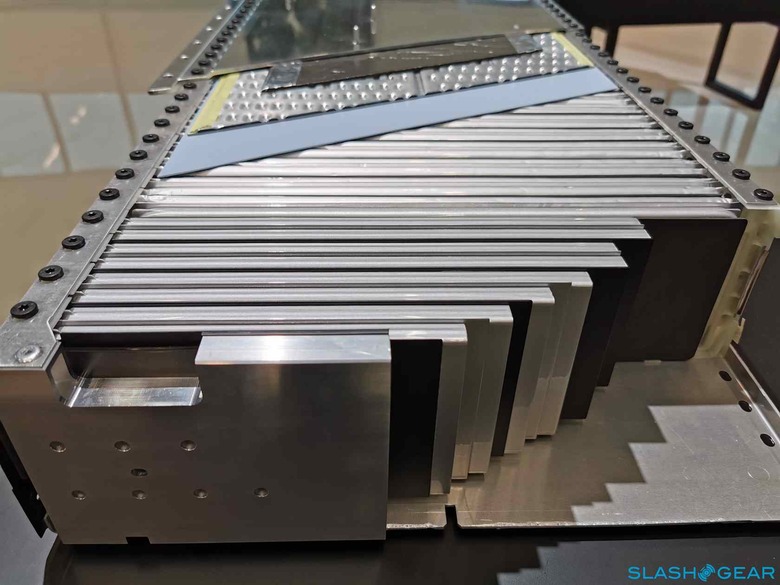
The Mercedes-Benz EQC is fitted with a 80 kWh lithium-ion battery pack. Combined with the intelligent power delivery and torque vectoring system, the EQC achieves an estimated range of 277-293 miles according to the European NEDC cycle, which is roughly 200-250 miles in the real world. The EQC comes with a standard 110 kWh DC fast charger to provide 80 percent of juice in 40 minutes, provided the battery is pre-heated or hot enough to accept the rushing electrons. There's also the option of using a standard wall box 240V charger to replenish the battery pack in around 10 hours. The liquid-cooled battery pack utilizes a heat pump that draws heat from the battery to warm the cabin in cold weather.
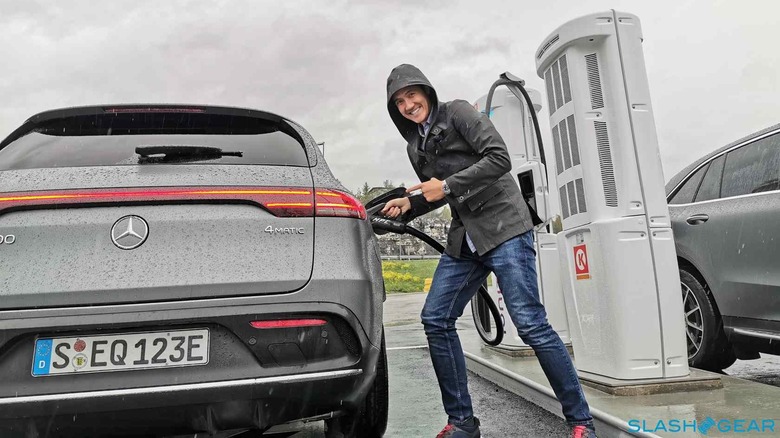
The 2020 Mercedes-Benz EQC may not be changing the EV game, but it is changing the rules for electrified driving. Part of that is its optimized navigation system, that promises to do much of the thinking for you. "The system automatically calculates the route and takes into account the traffic, weather conditions, topography, and the current charge status upon entering your destination," Markus Bauknecht, product manager for charging and connected services of the Mercedes-Benz EQC, told me. "The car tells you the best possible route to save energy. It figures out the maximum range and points to all the nearest charging stations when you're about to run out of power."
As if that's not enough, the EQC also comes with active range monitoring. This new system basically changes the behavior of the vehicle based on the estimated range. If power is running low, the system reacts by changing the feel of the accelerator pedal: it actually stiffens up to discourage you from draining the battery too fast. "It's telling you to please don't go sporty anymore, to make sure you arrive at the charging station easily with enough power left," concludes Bauknecht.
Like most electric cars, the new Mercedes-Benz EQC utilizes a trick regenerative braking system to recapture the lost energy. When you lift your foot off the accelerator pedal, the electric motors will act as generators to trickle-charge the batteries. This also has the effect of slowing the vehicle down without stomping on the brake pedal. This is great when driving at slow speeds in city traffic, but what about on lose longer highway drives? The Mercedes EQC offers several regeneration modes, which you can toggle using the paddles on the steering wheel. Besides the usual low, medium, and high regen settings, the EQC also comes with an Eco Assist mode that offers extra regeneration when the car senses traffic ahead.
No Mercedes-Benz is complete without an isolated ride. The EQC is obsessively engineered to be more refined, quieter, and smoother inside. The body is festooned with lightweight insulating materials that are strategically installed in places that are most likely to create noise. Electric vehicles run quieter than a conventional car, too, which can leave tire and other road noise actually more noticeable. Mercedes is so obsessed with blocking tire roar that even the claddings under the fenders are lined with insulating foam. The electric motors are mounted in a two-way decoupling frame to further isolate noise, vibration, and harshness.
The 2020 Mercedes-Benz EQC is only the first in a complete family of new-age electric cars from the automaker. It's still early days, so Mercedes-Benz has yet to release pricing for the EQC, while production begins in 2019 at the Mercedes-Benz plant in Bremen, Germany with U.S deliveries slated in 2020. Down the line, meanwhile, there's the promise of dedicated EV platforms, more body styles, and other variations. For now, though, what could well be the most important vehicle for Mercedes in decades is an intriguing starting point, not only for how it drives, but for how the automaker combines storied luxury with cutting-edge technology.

